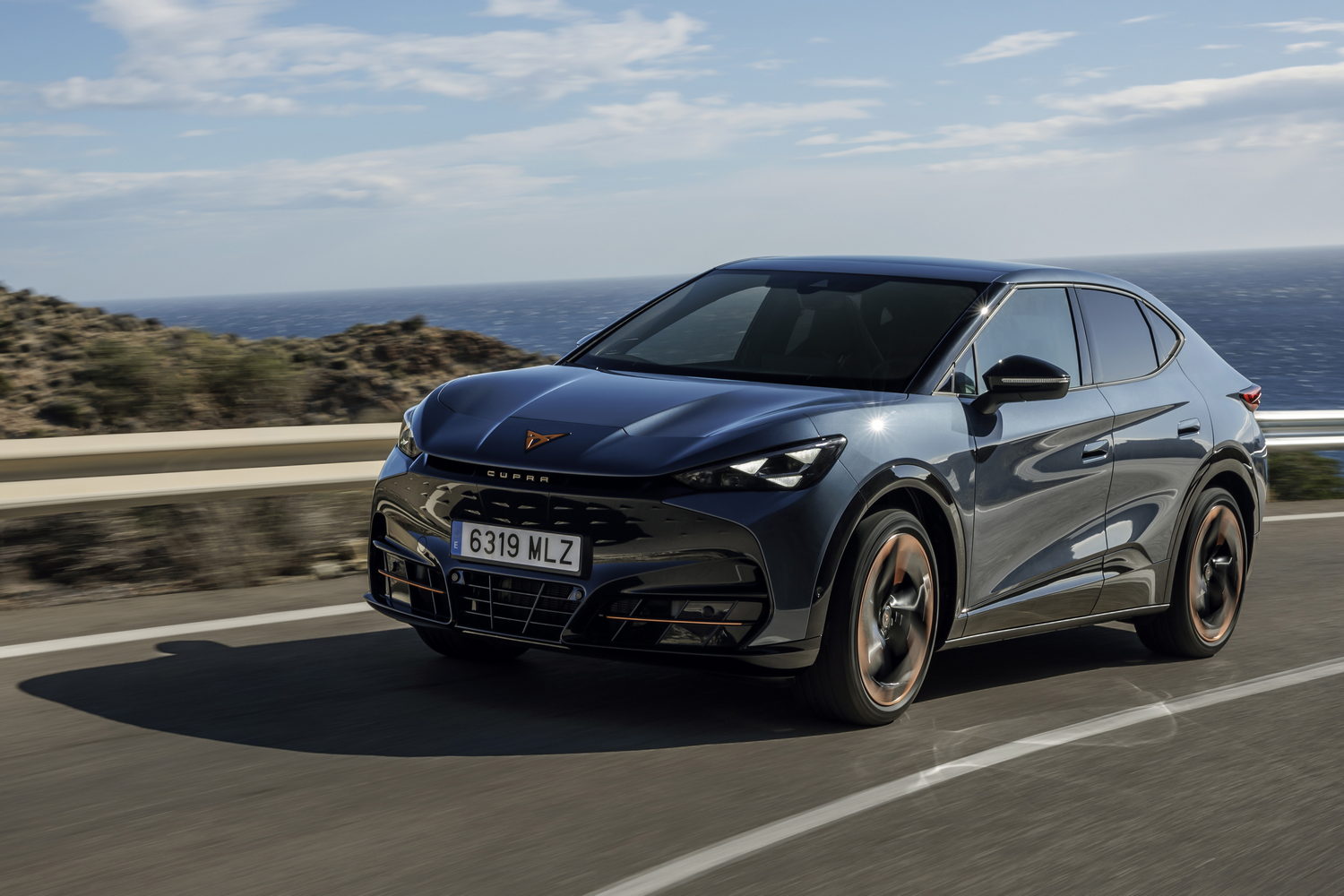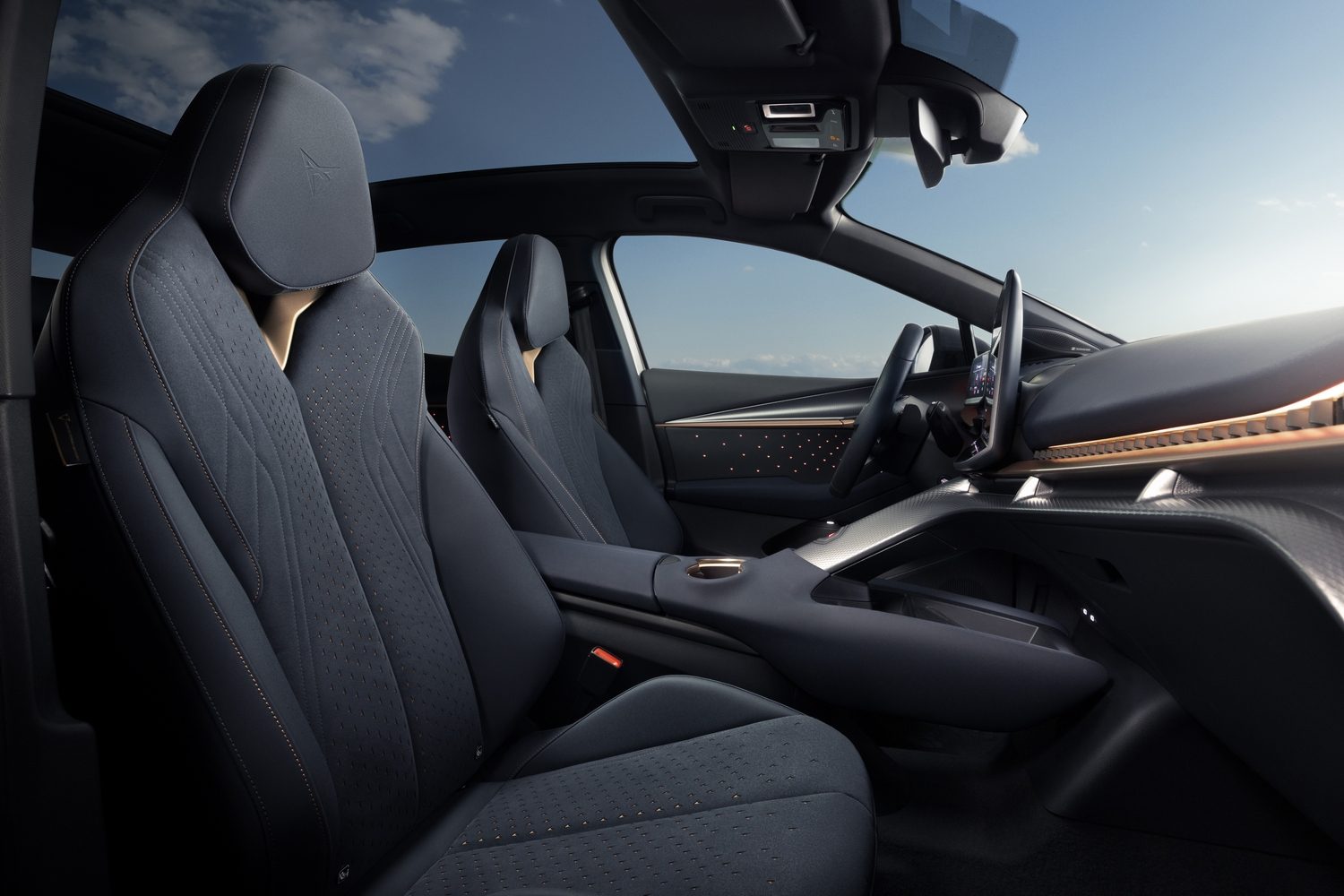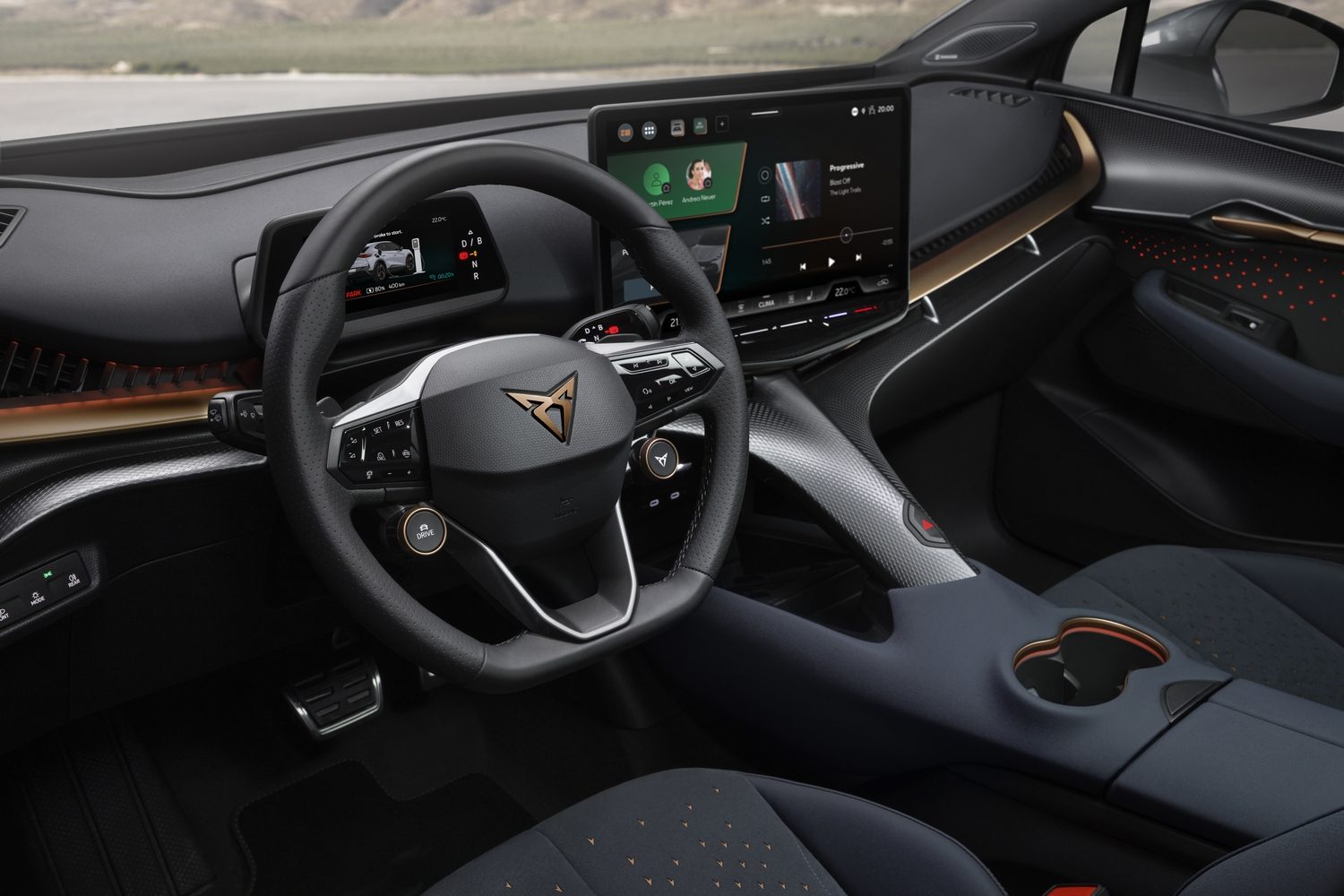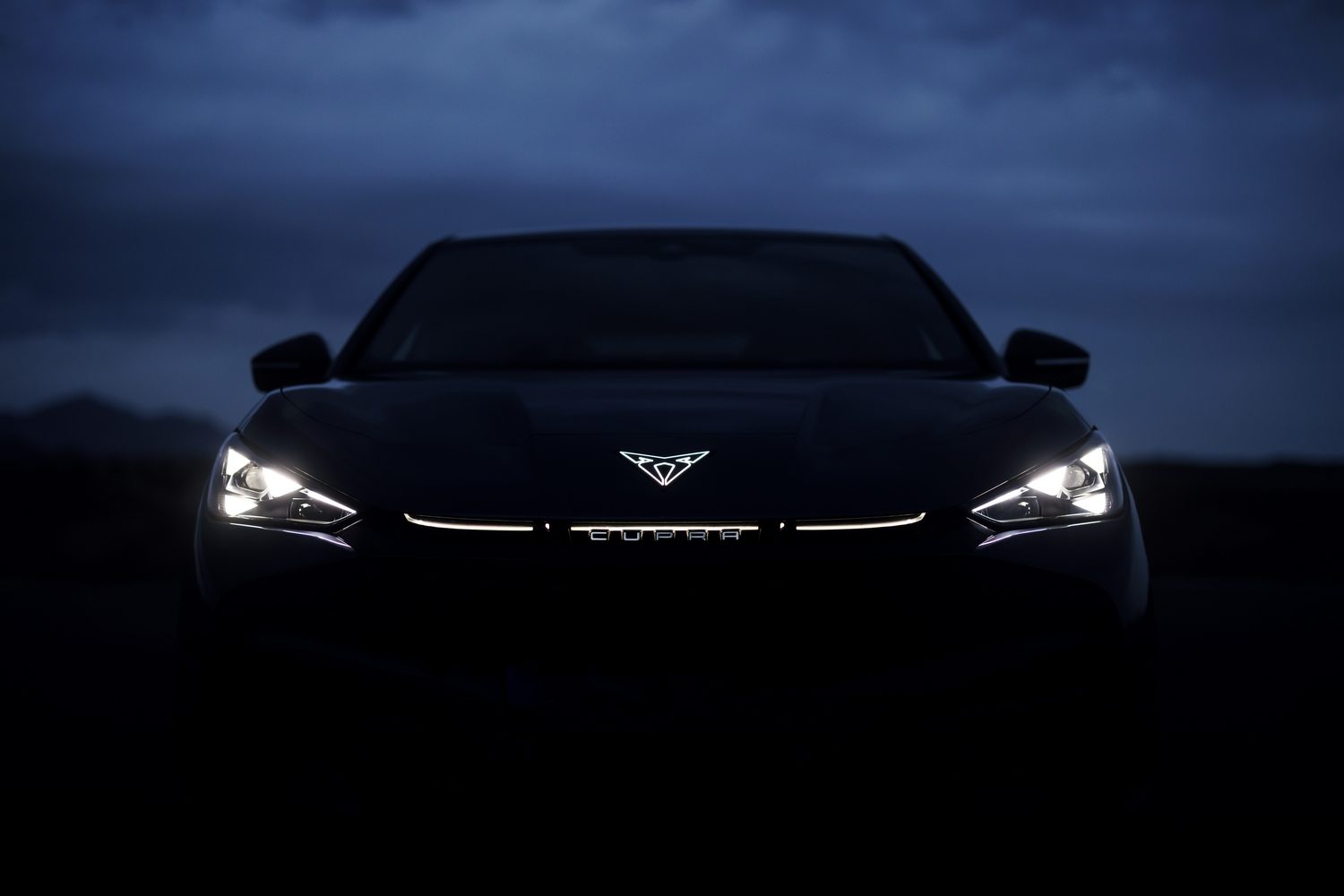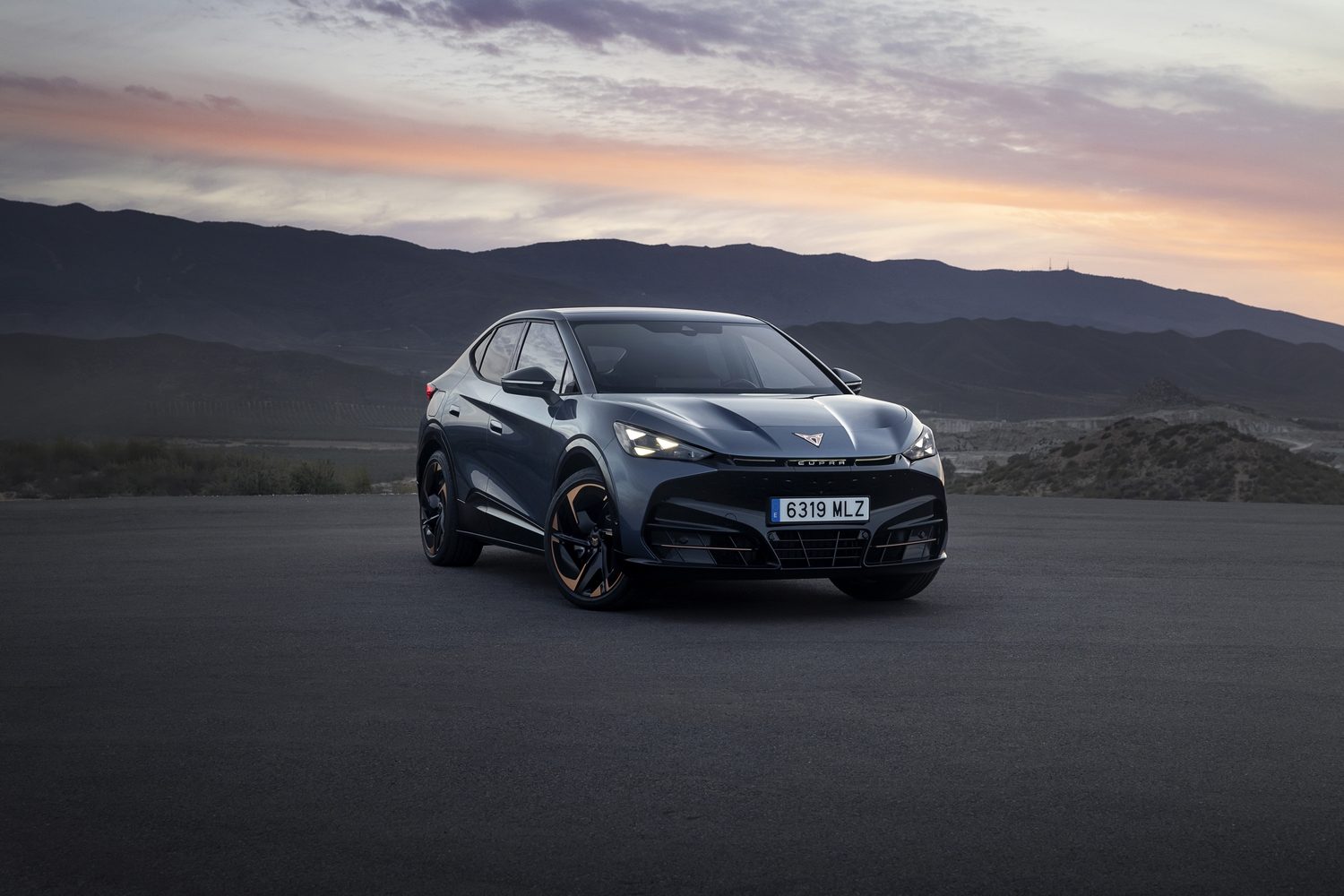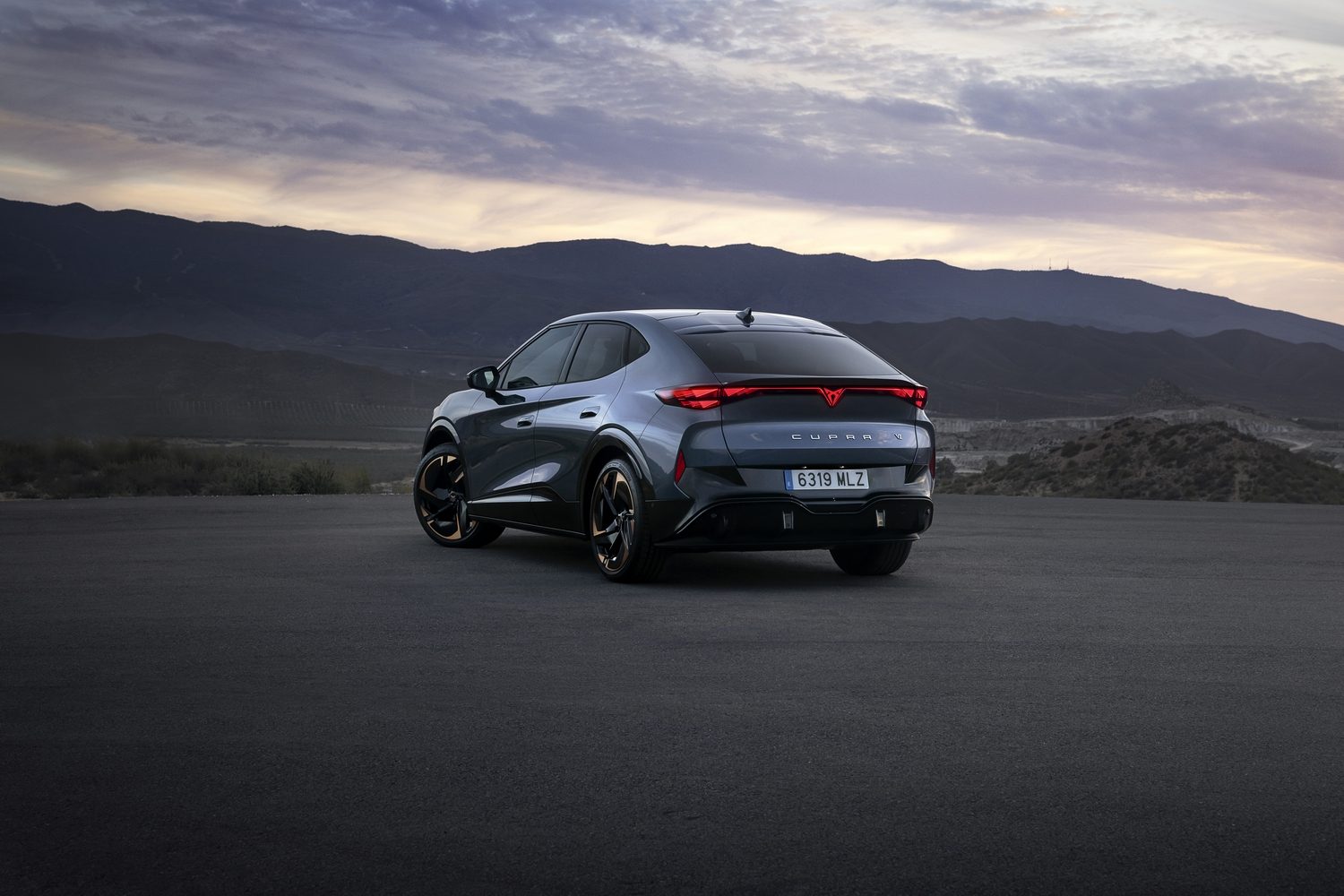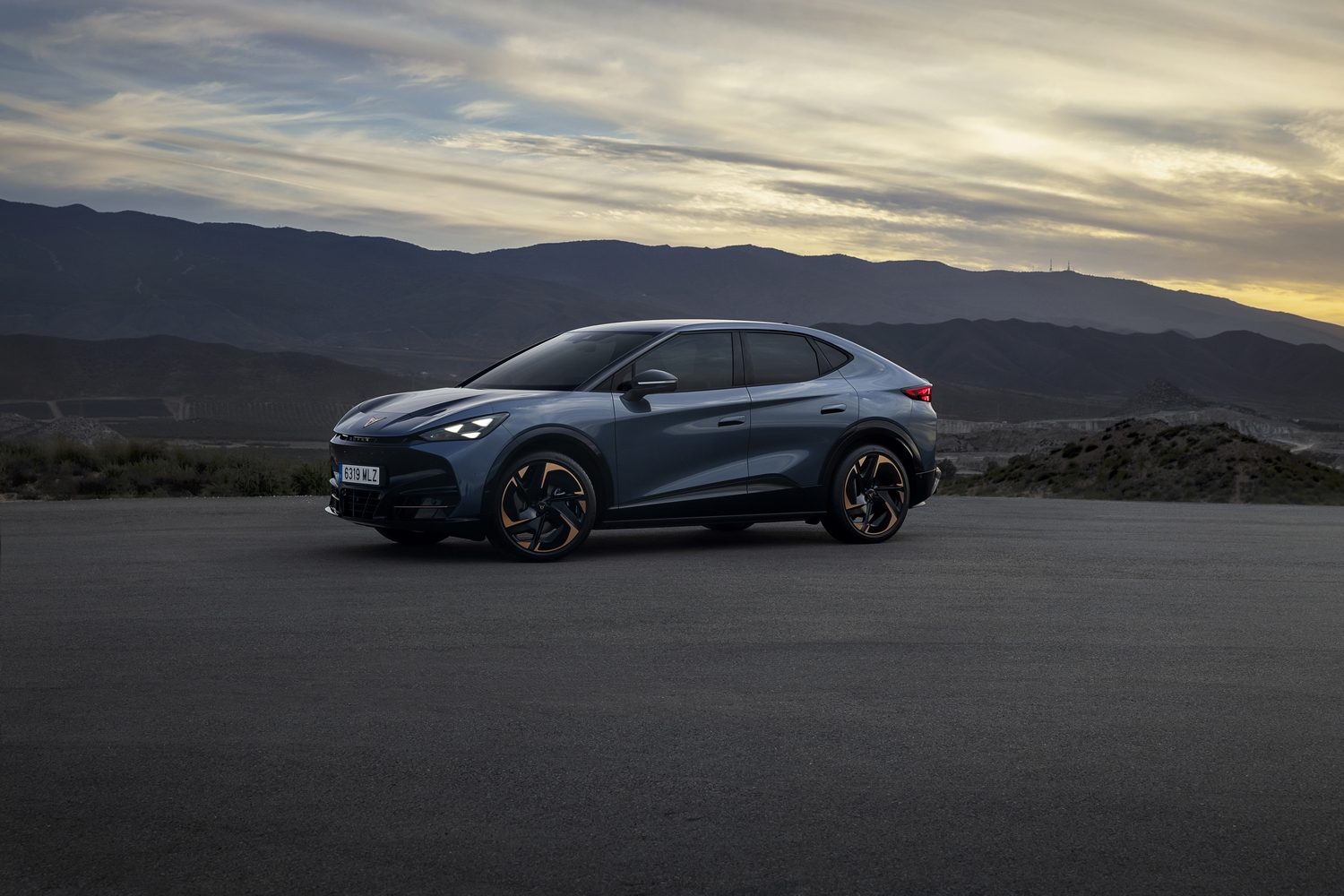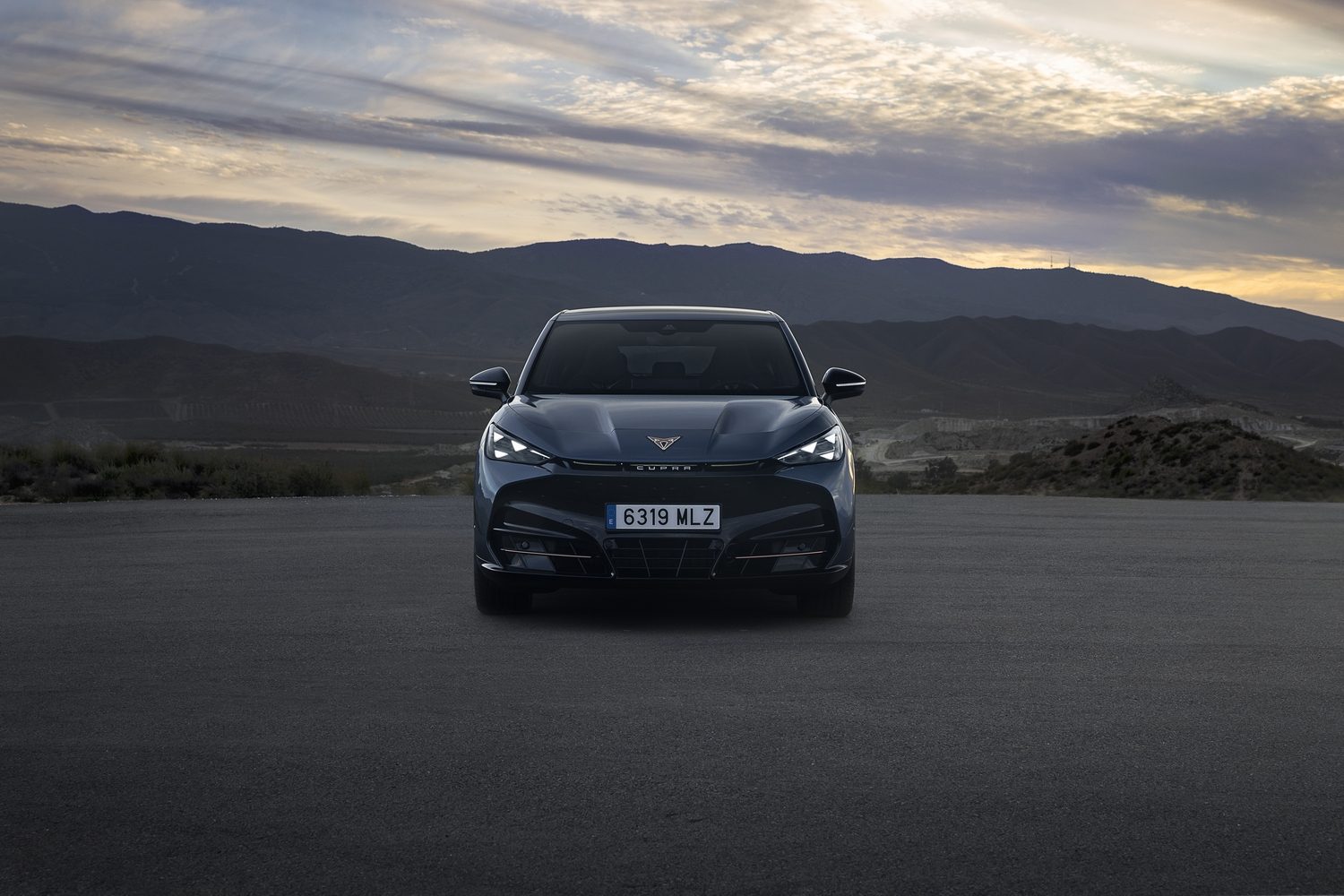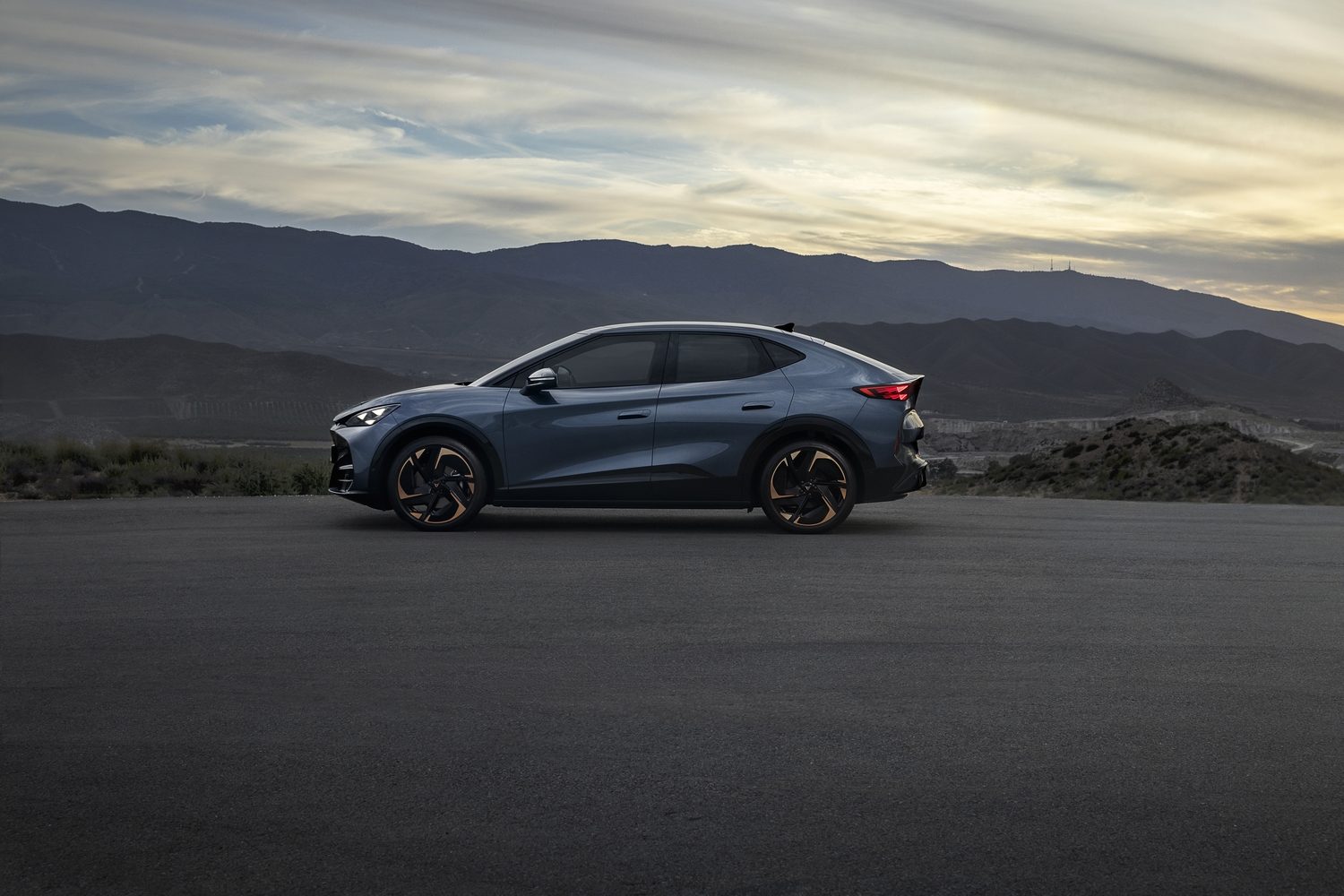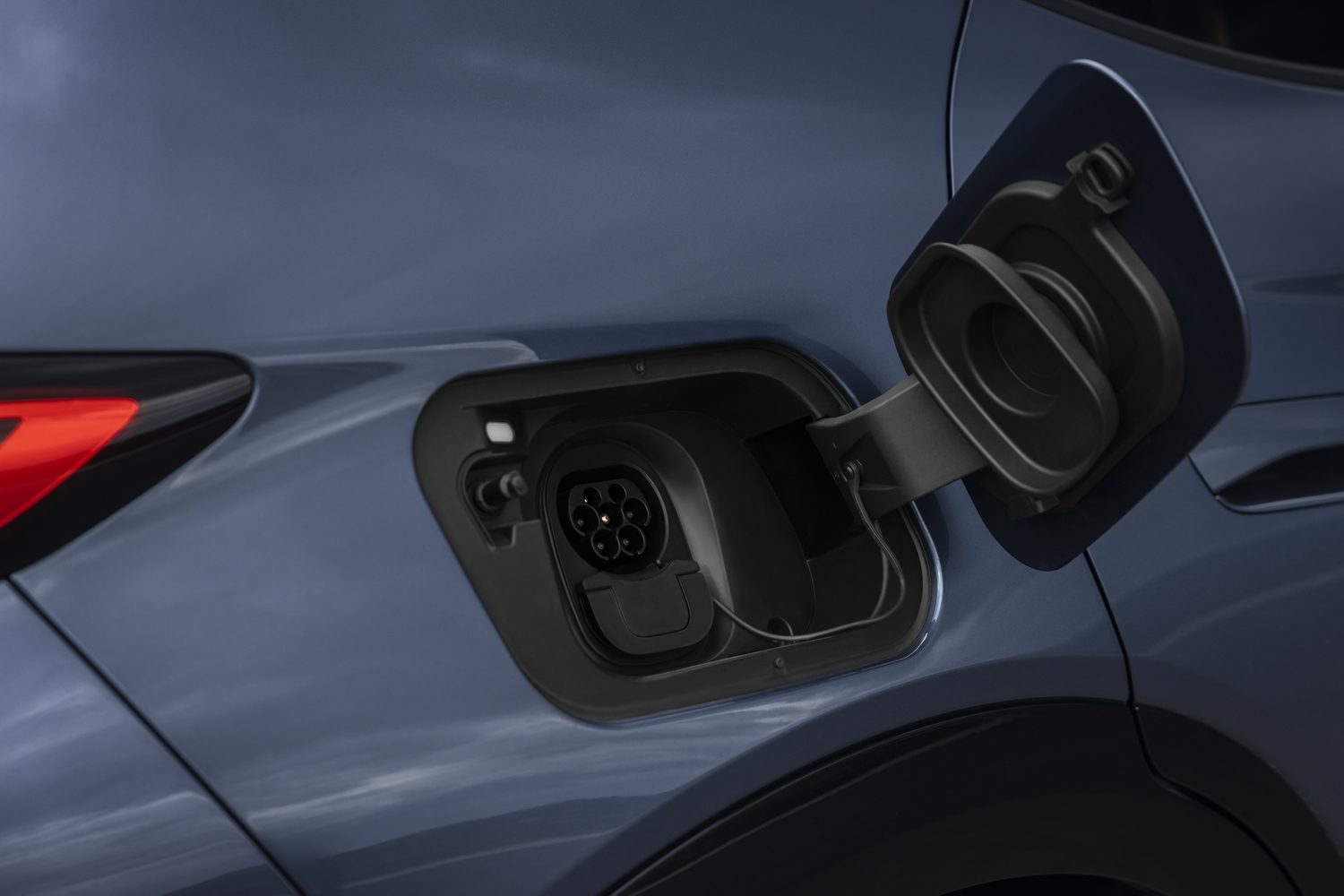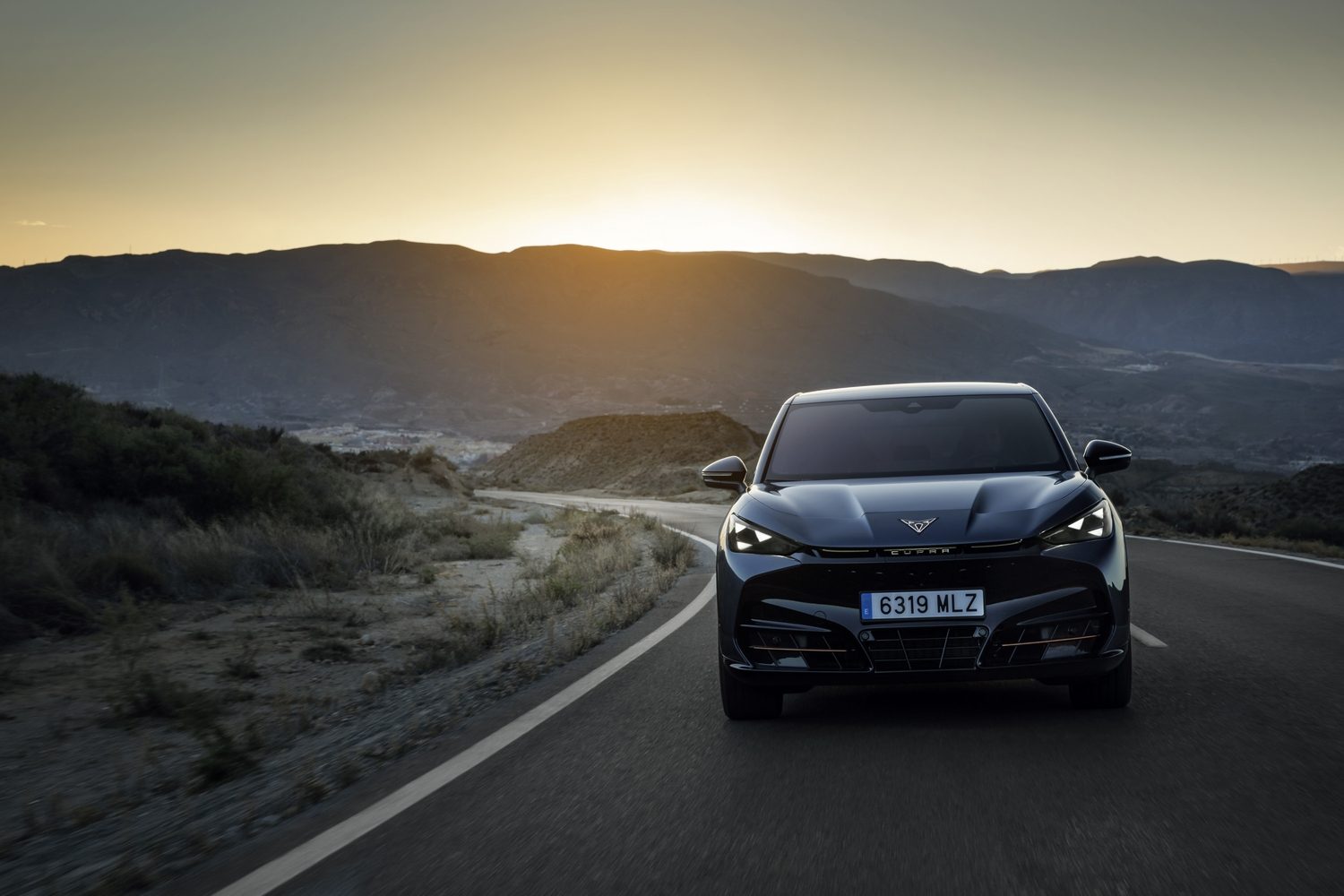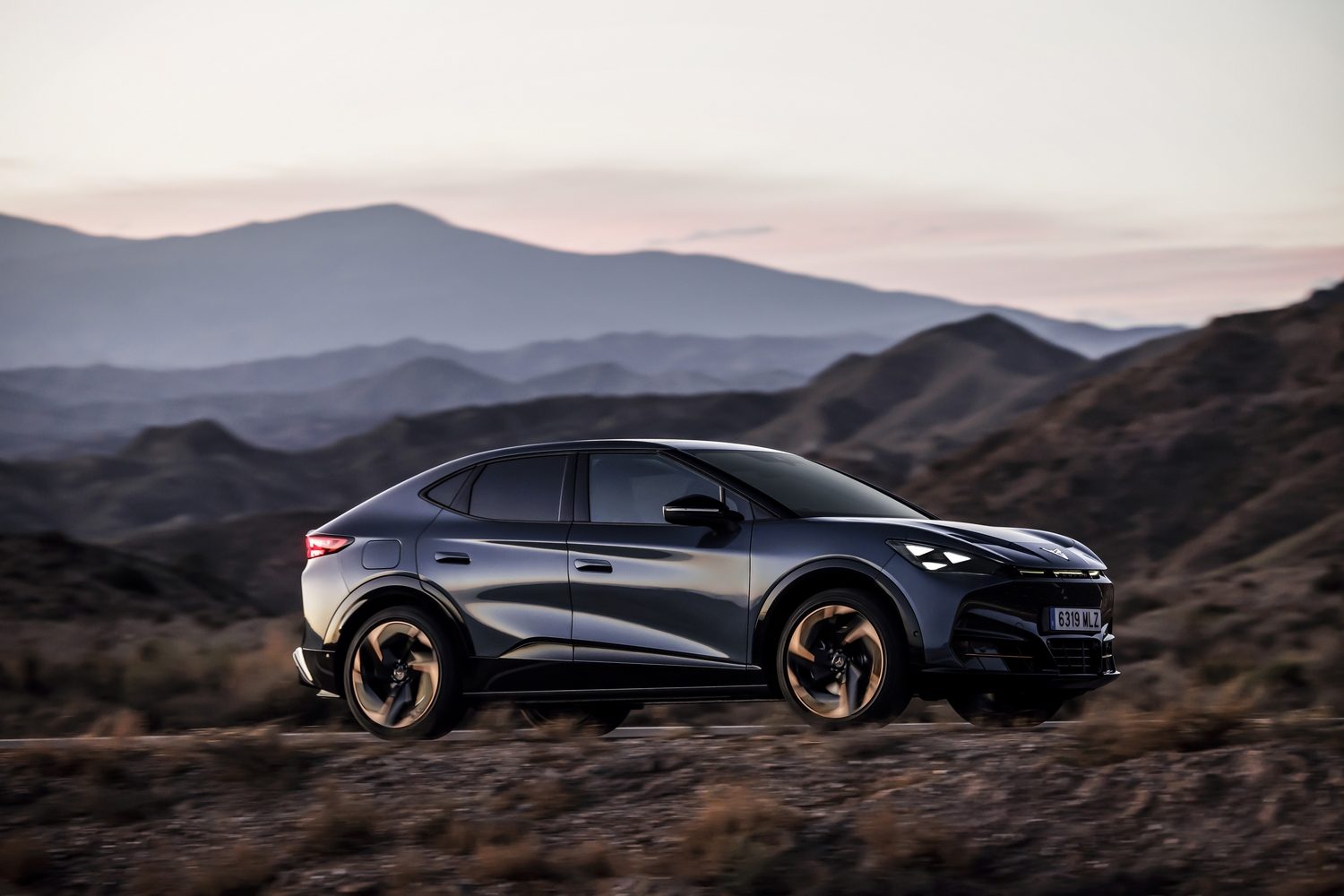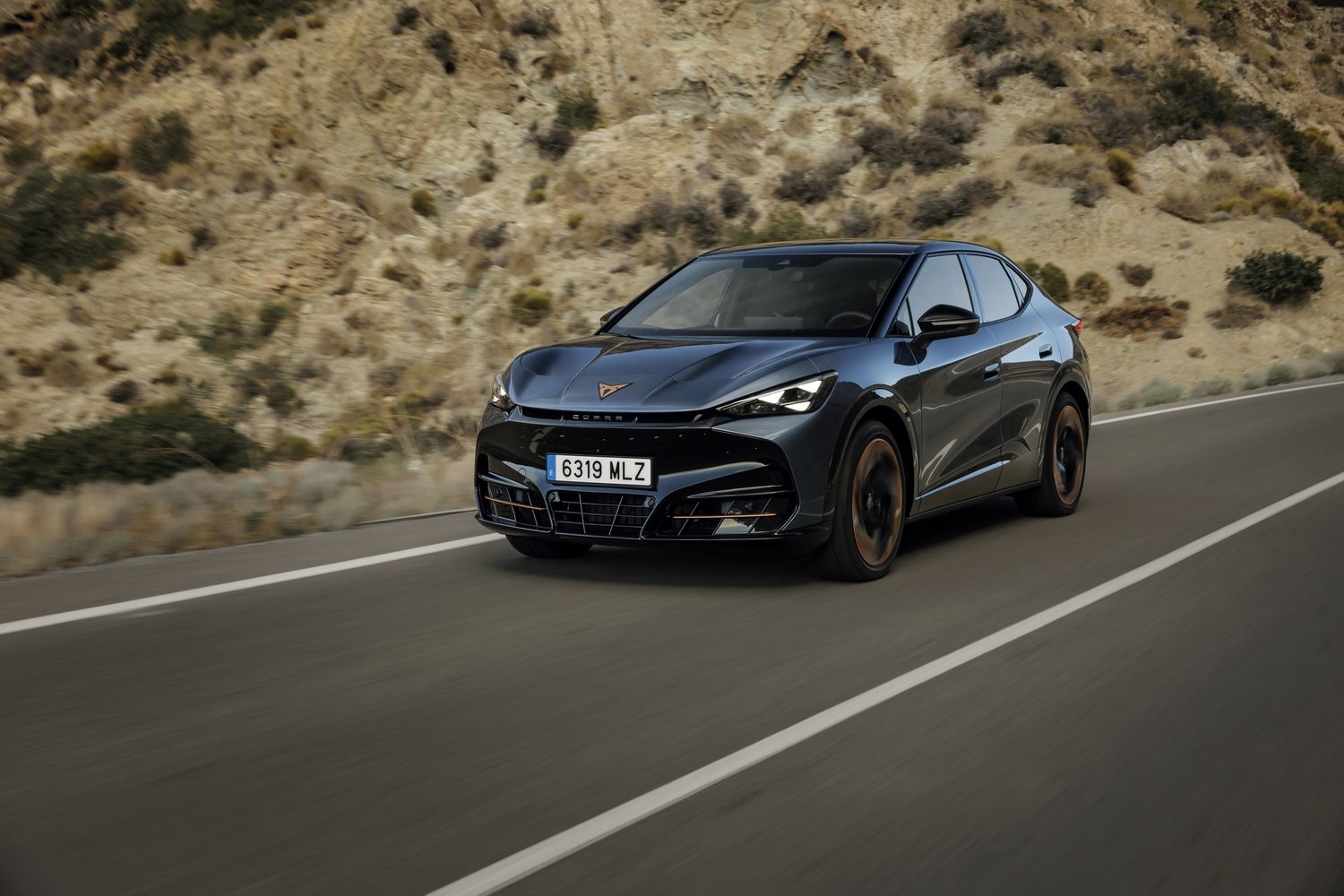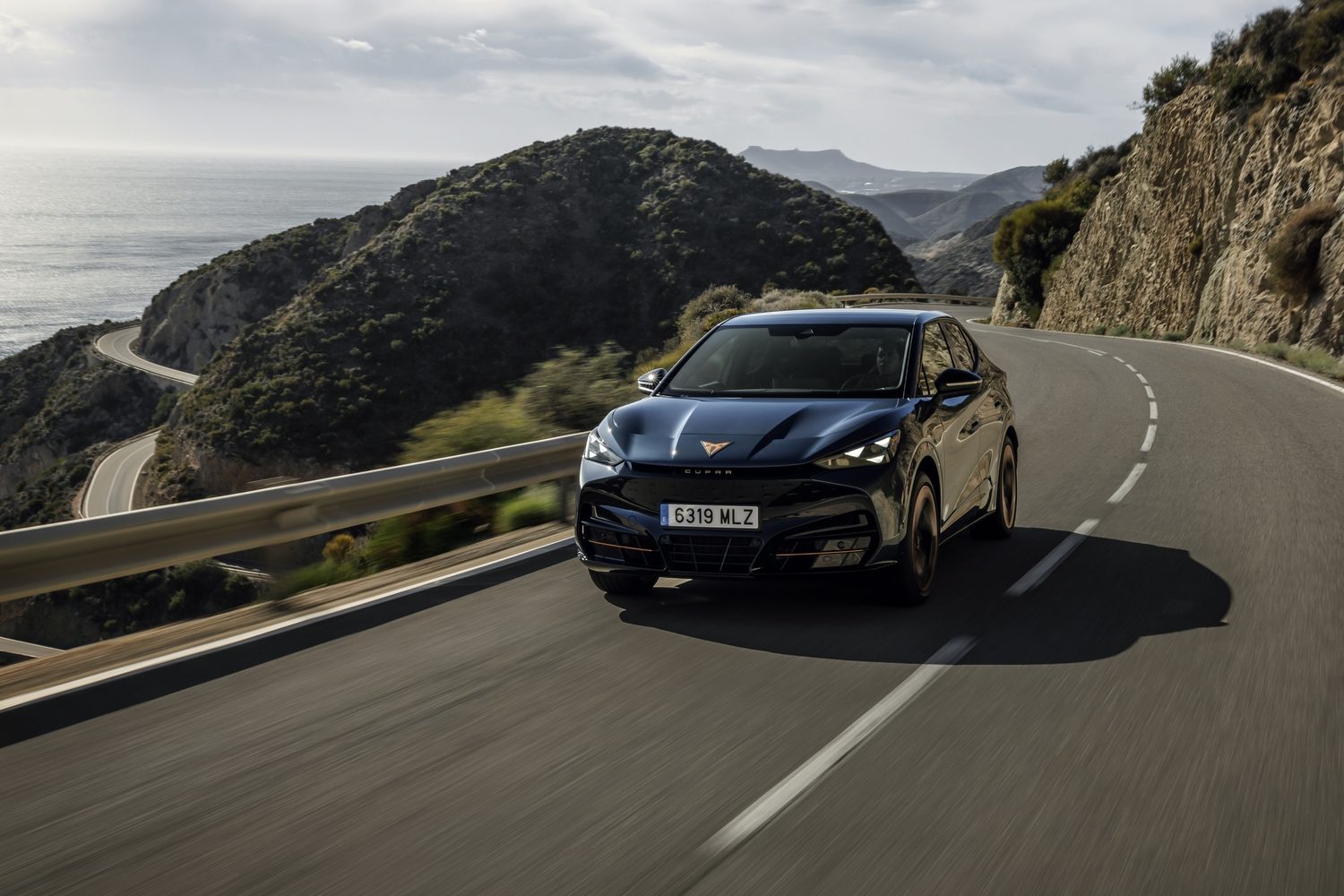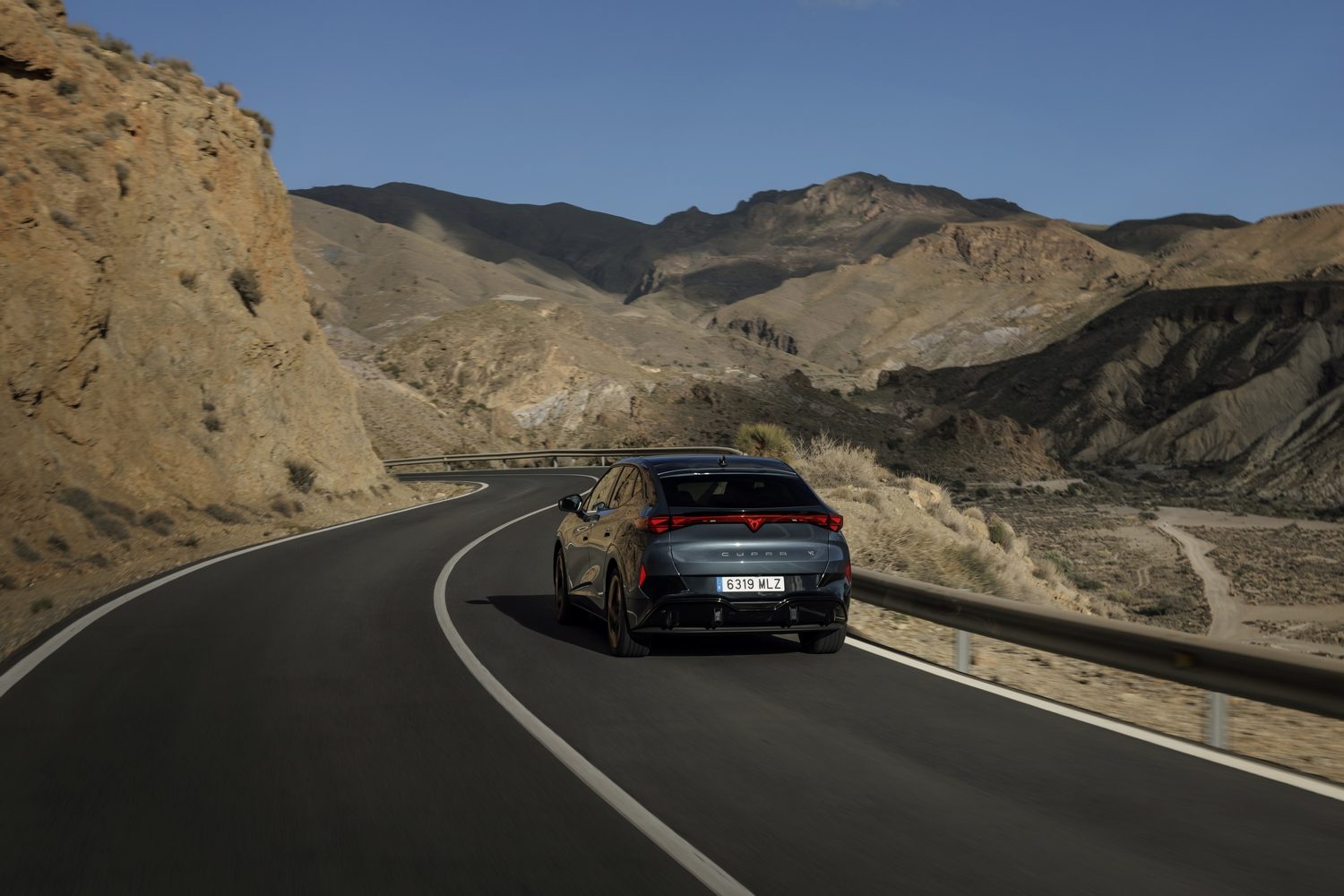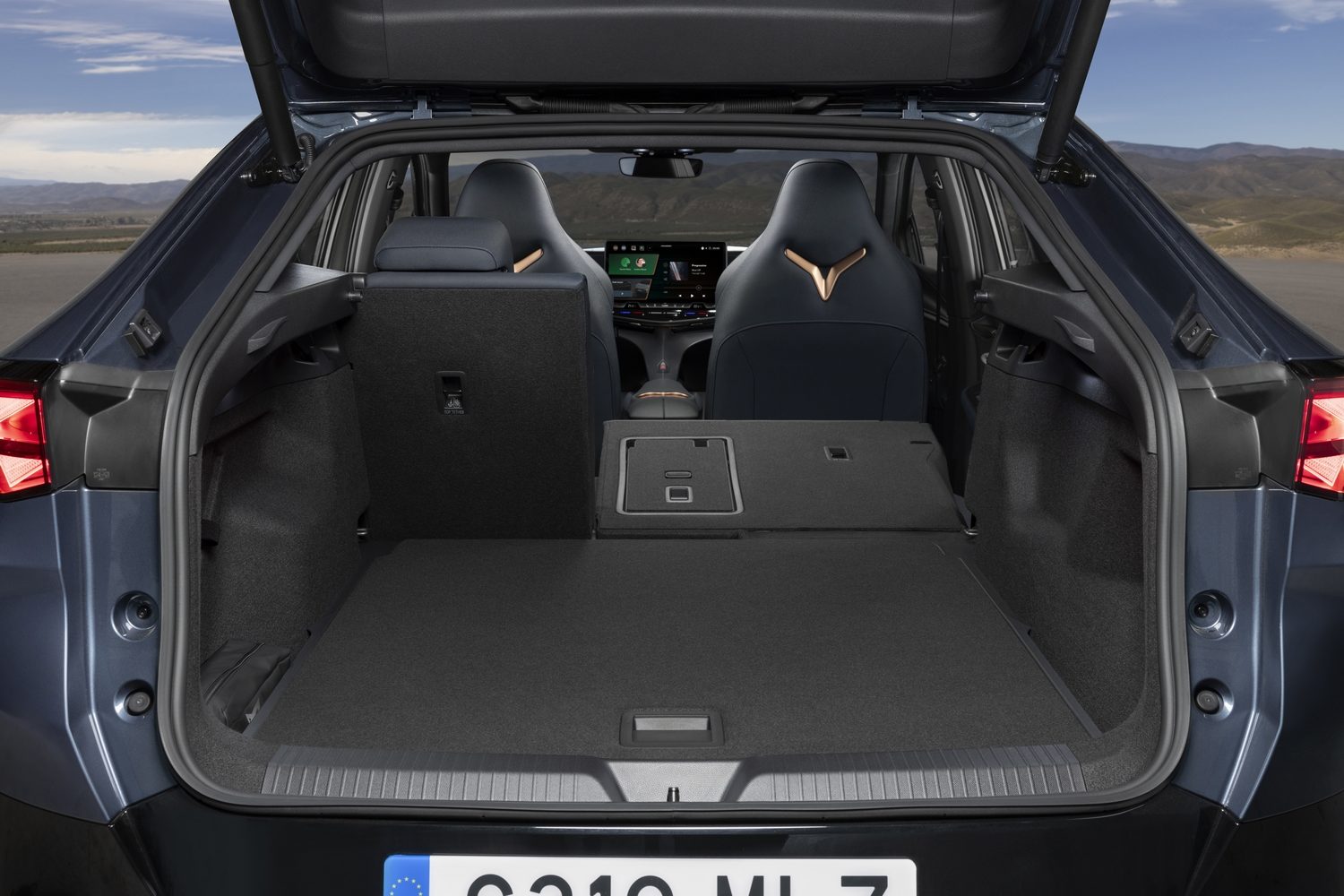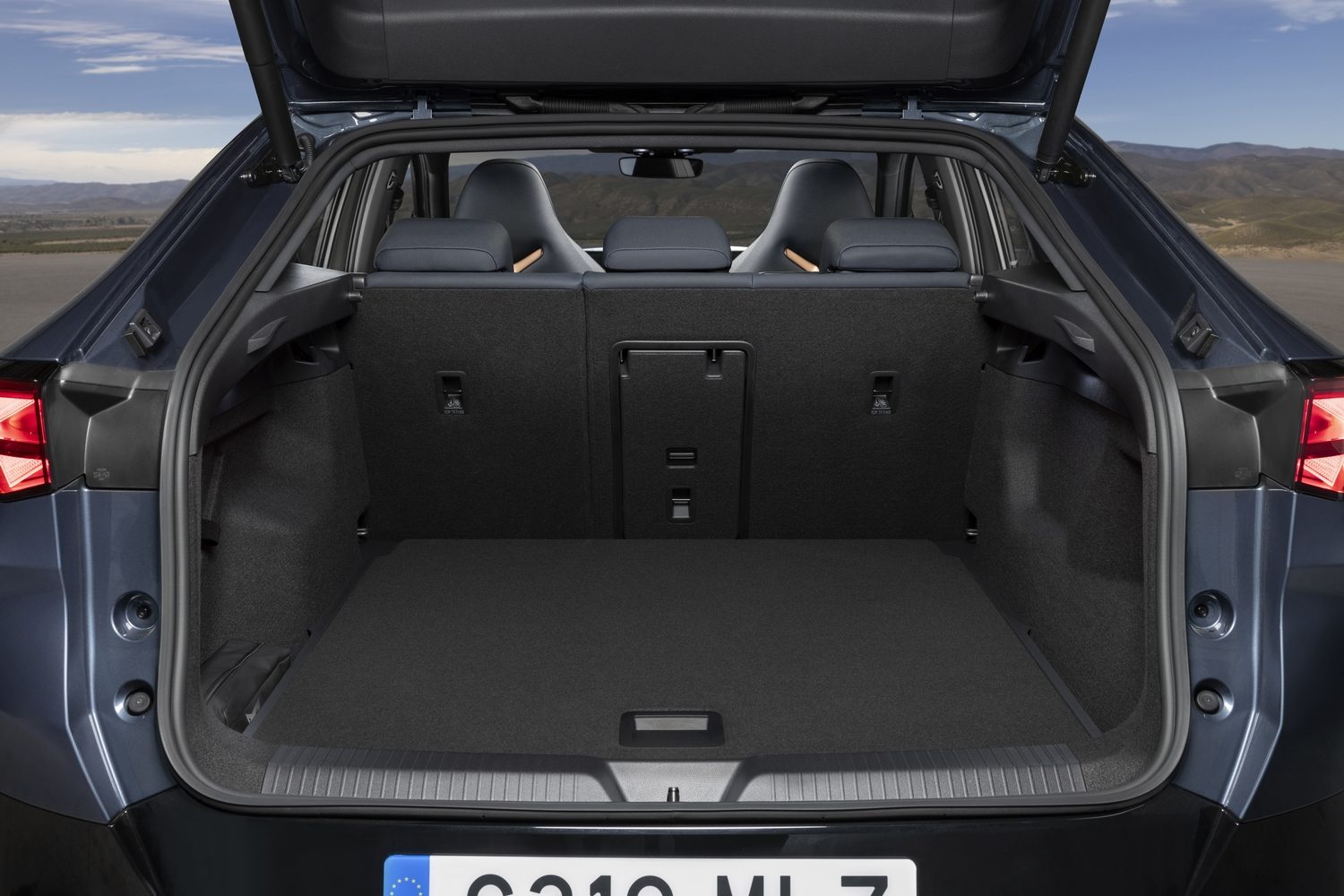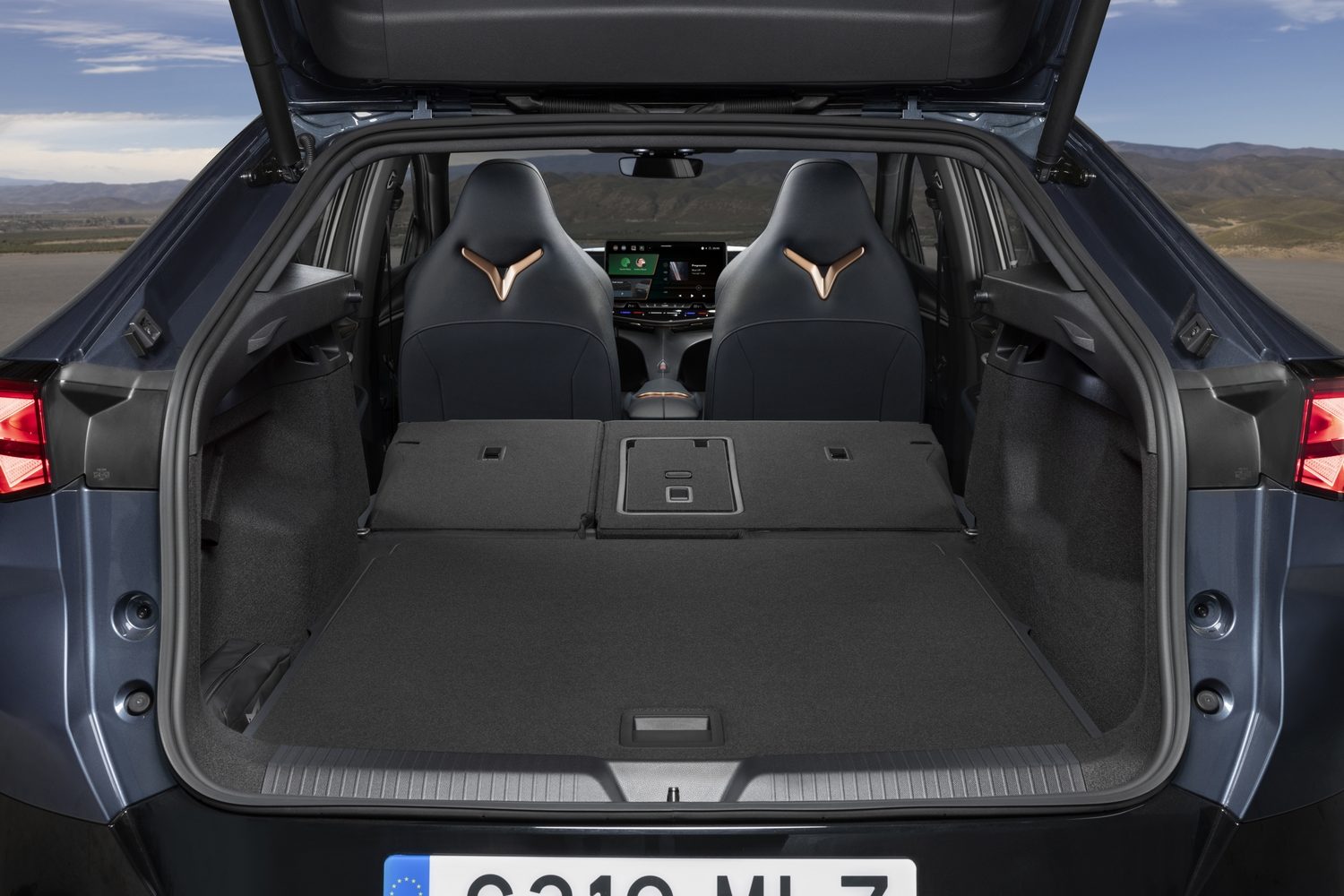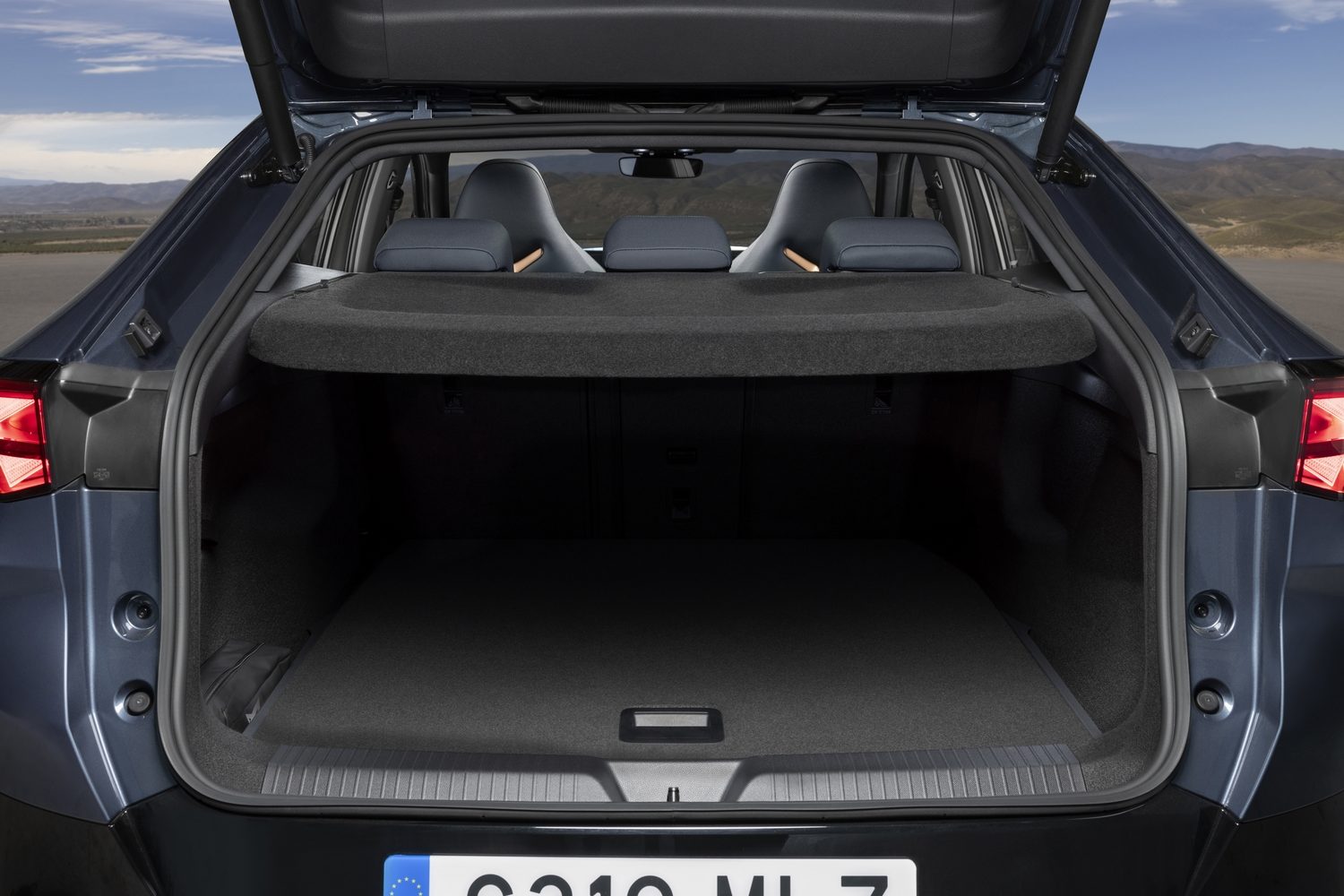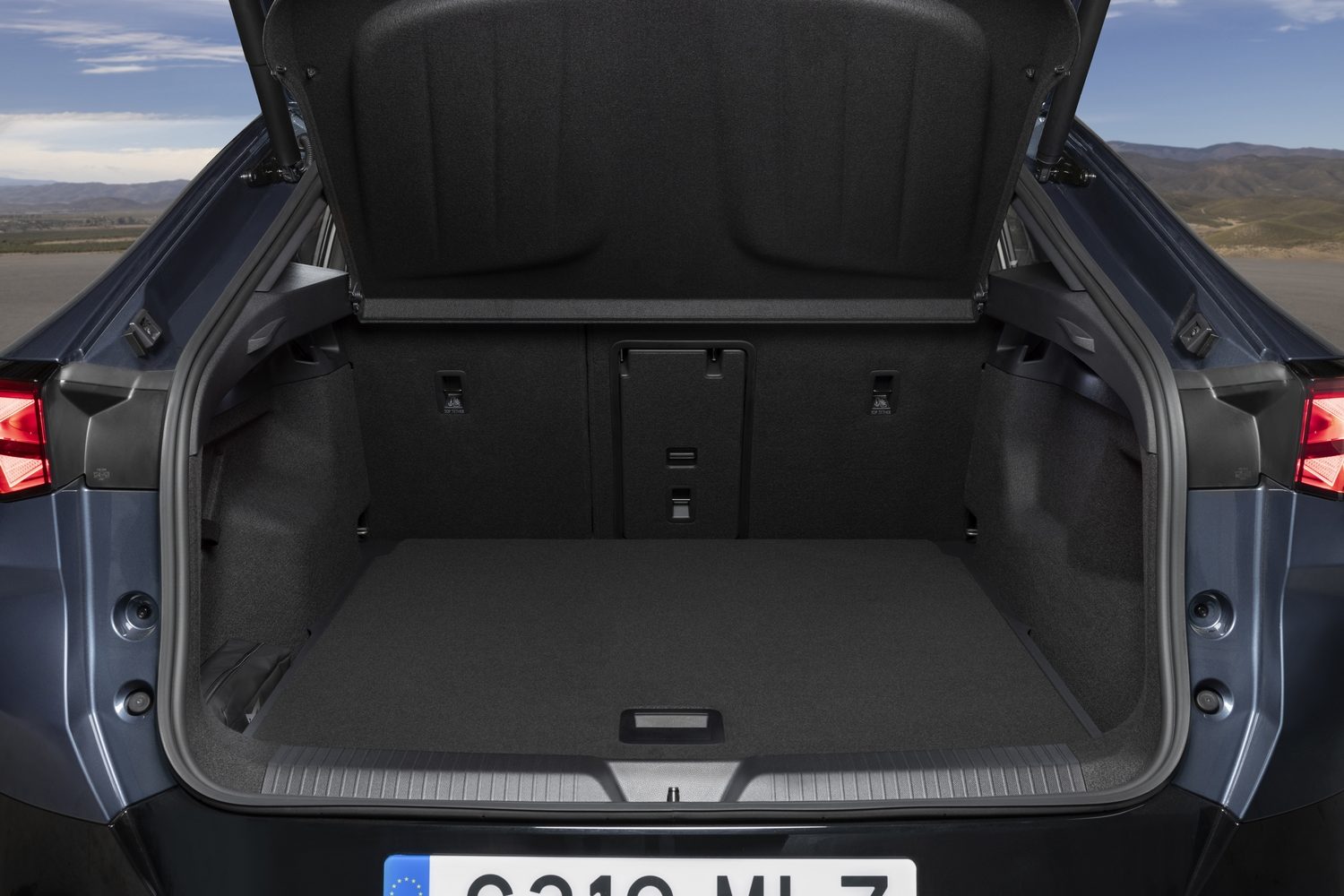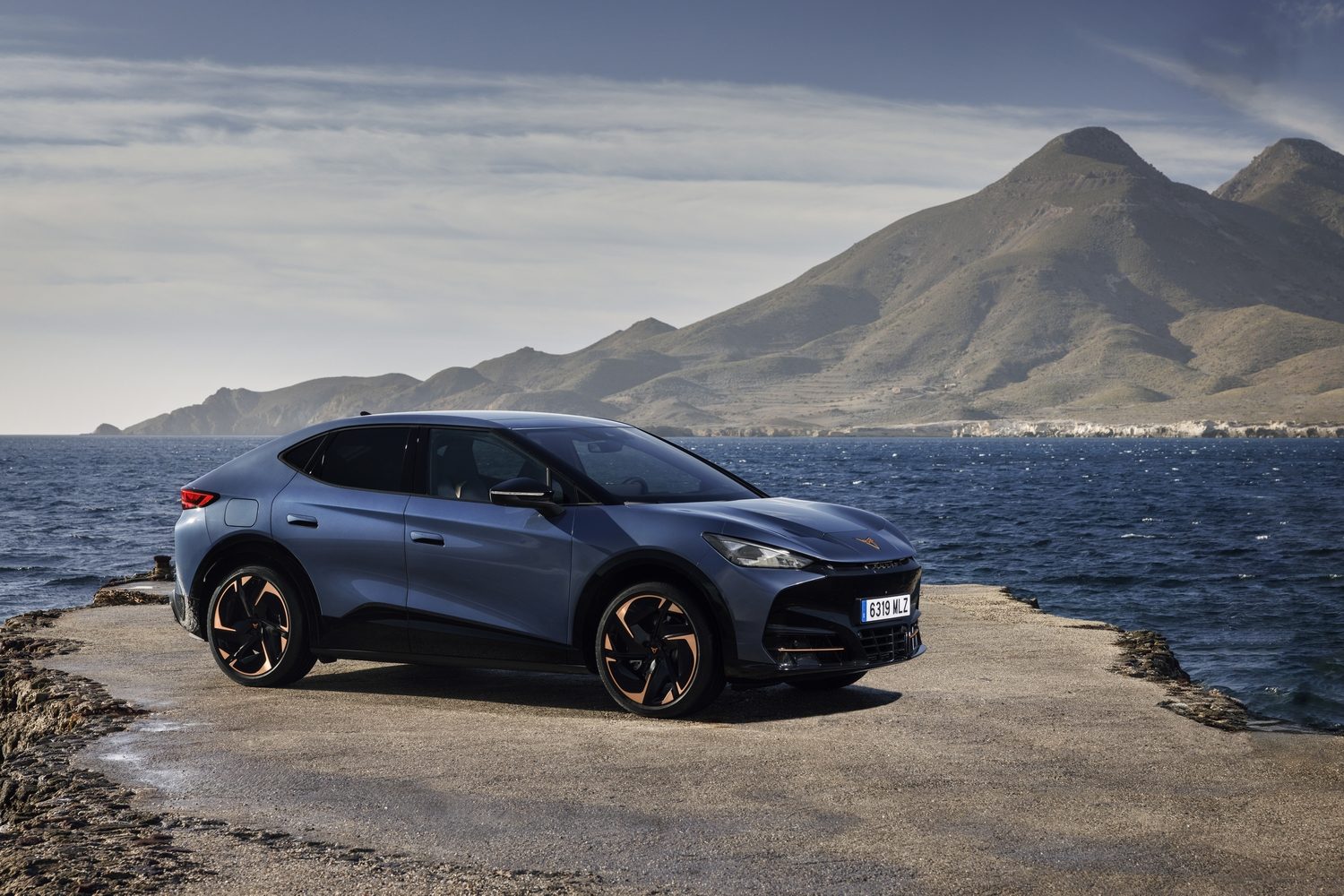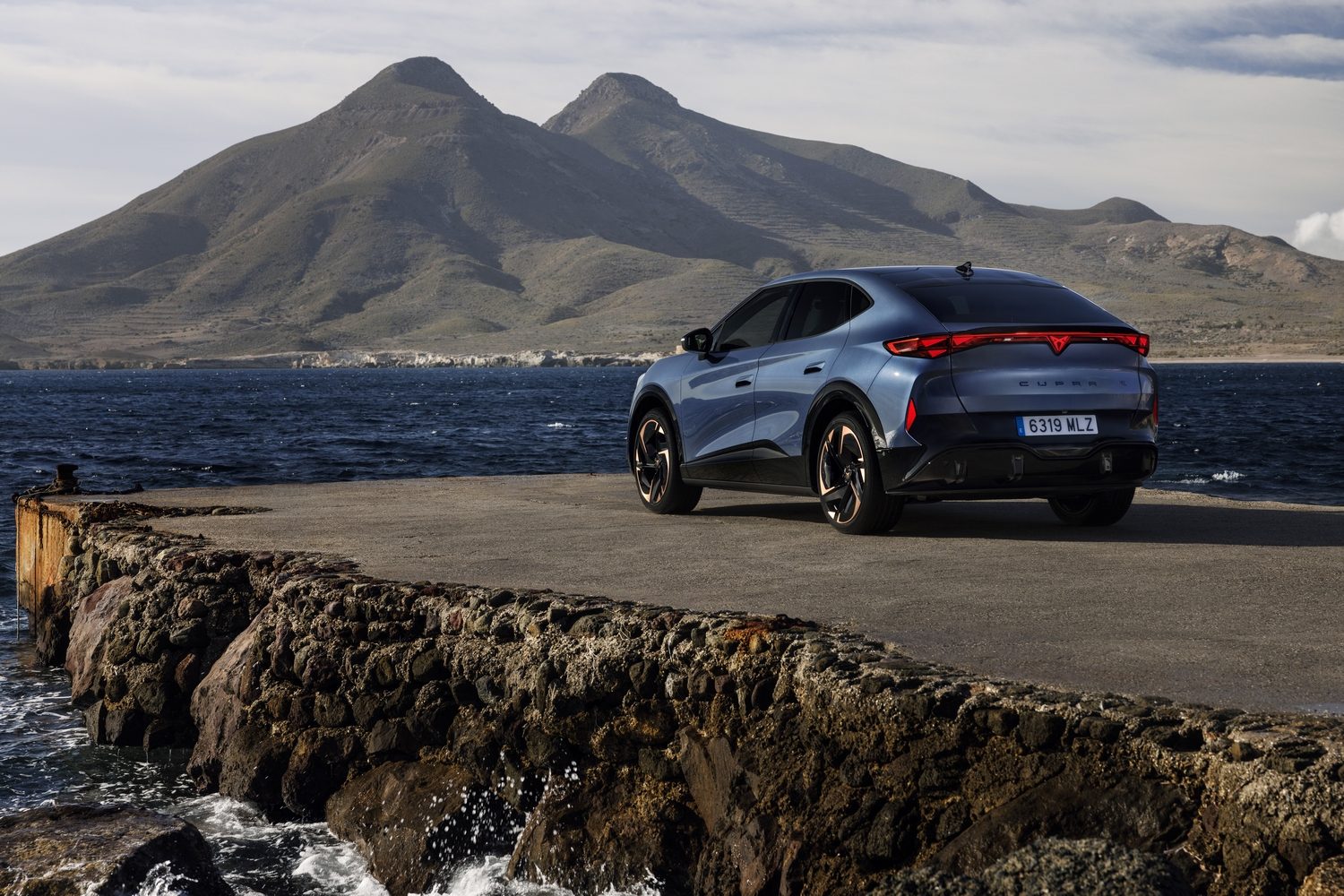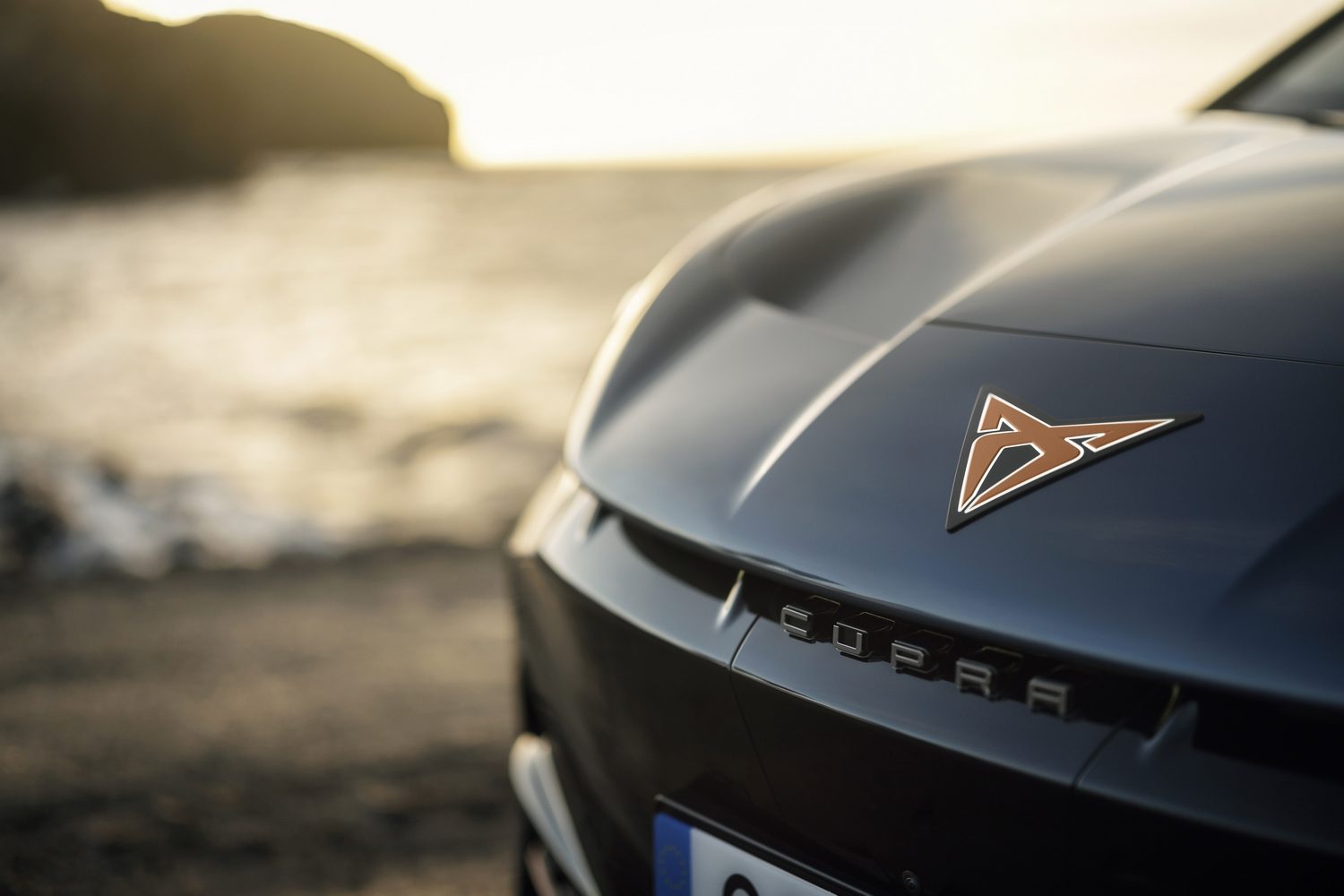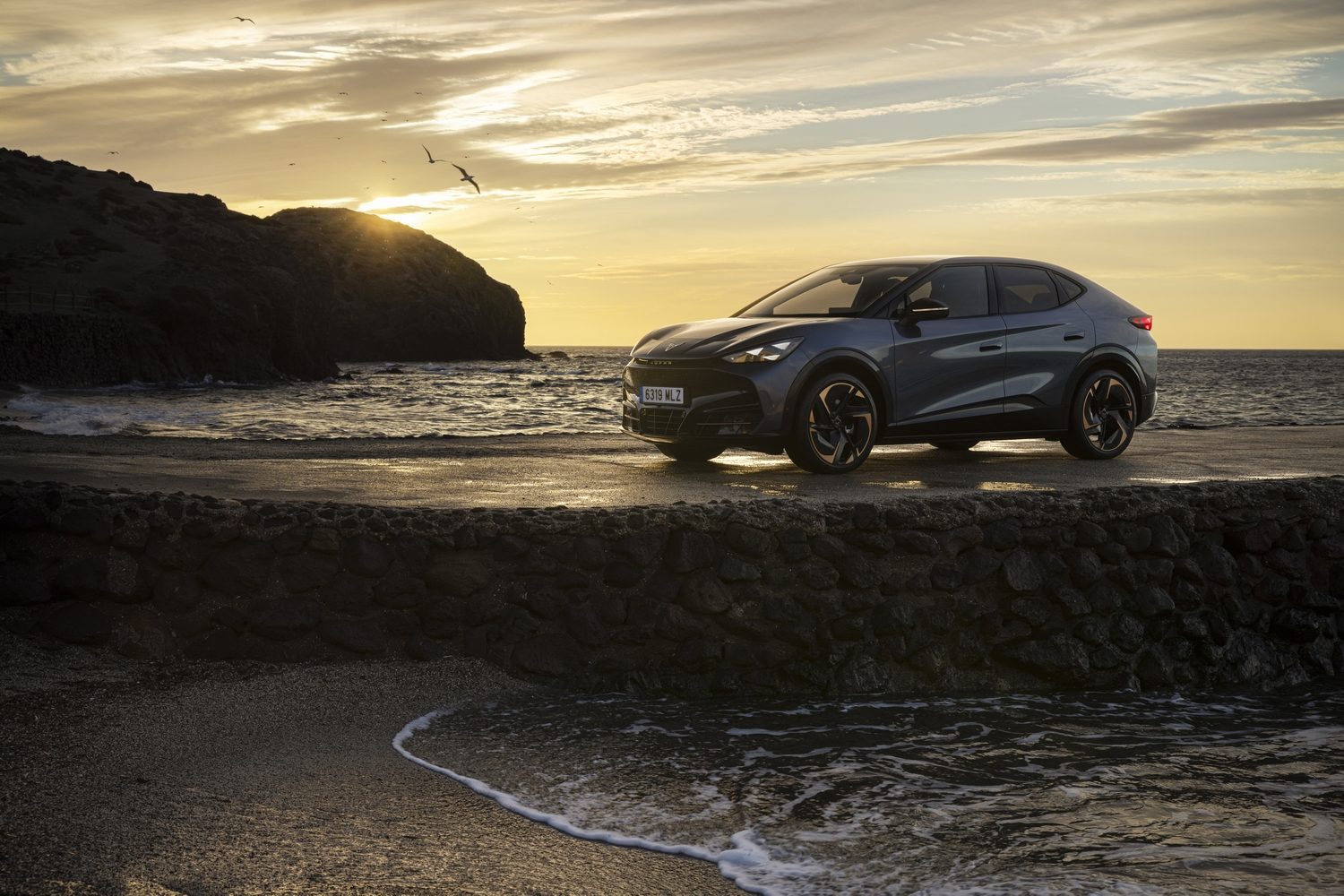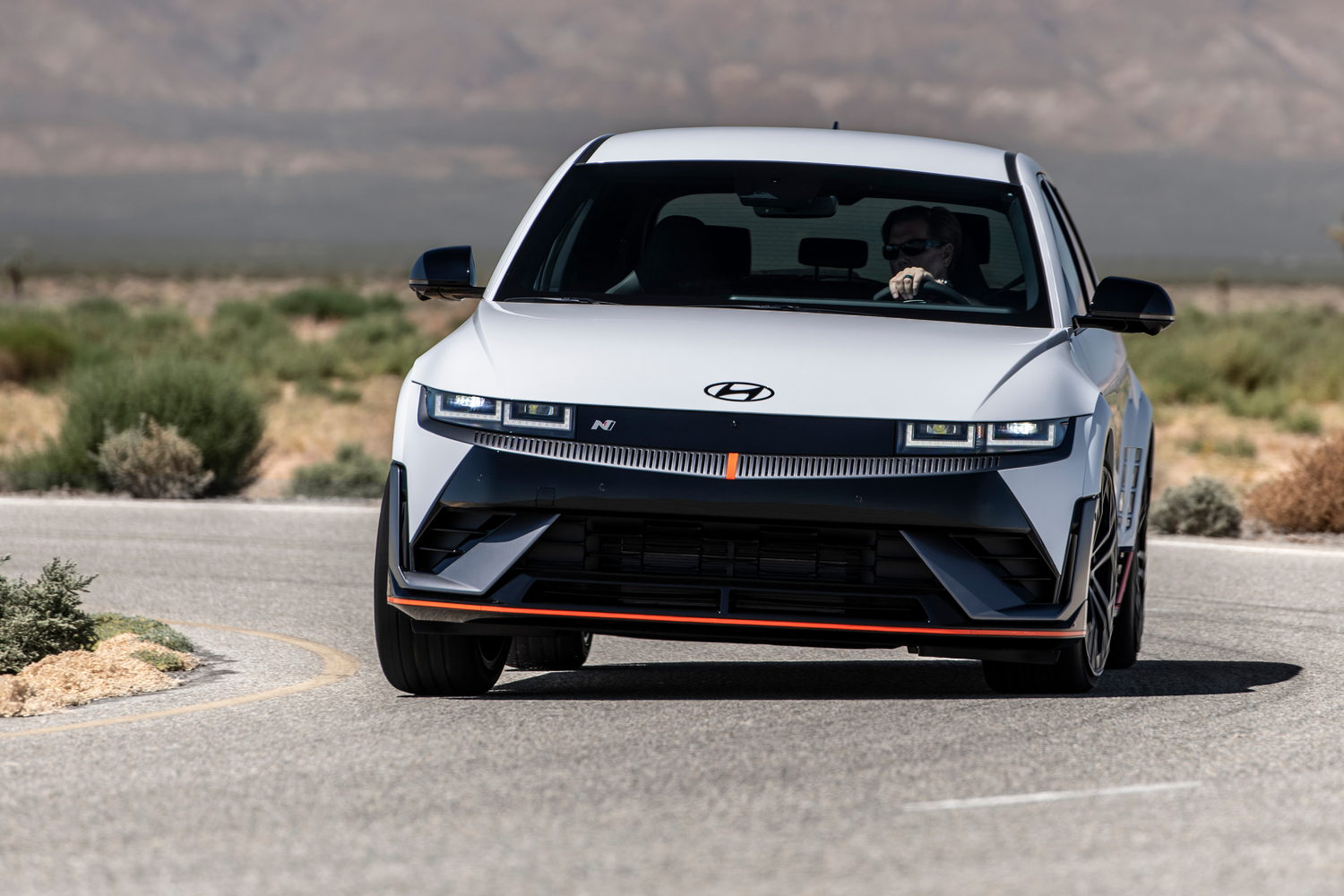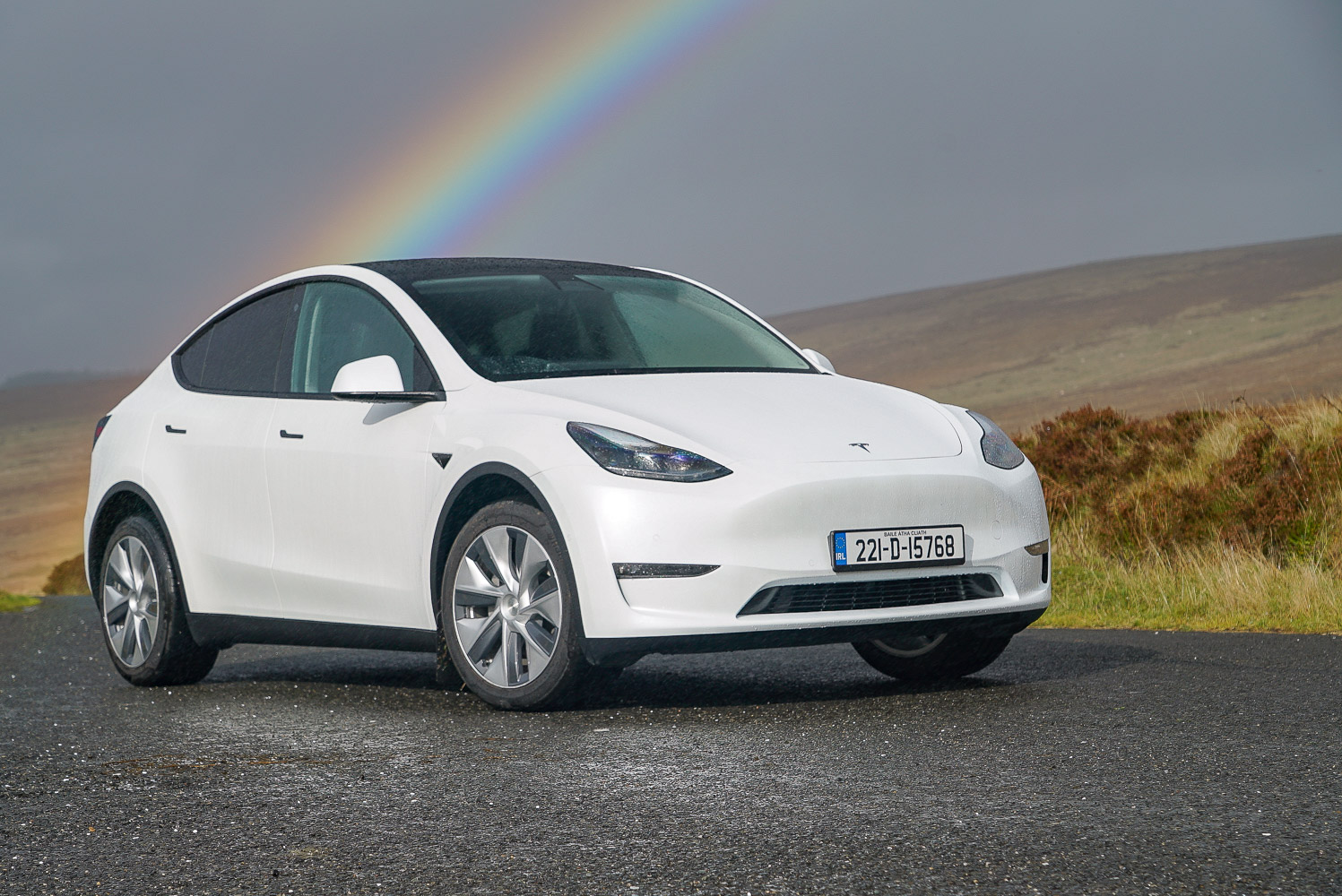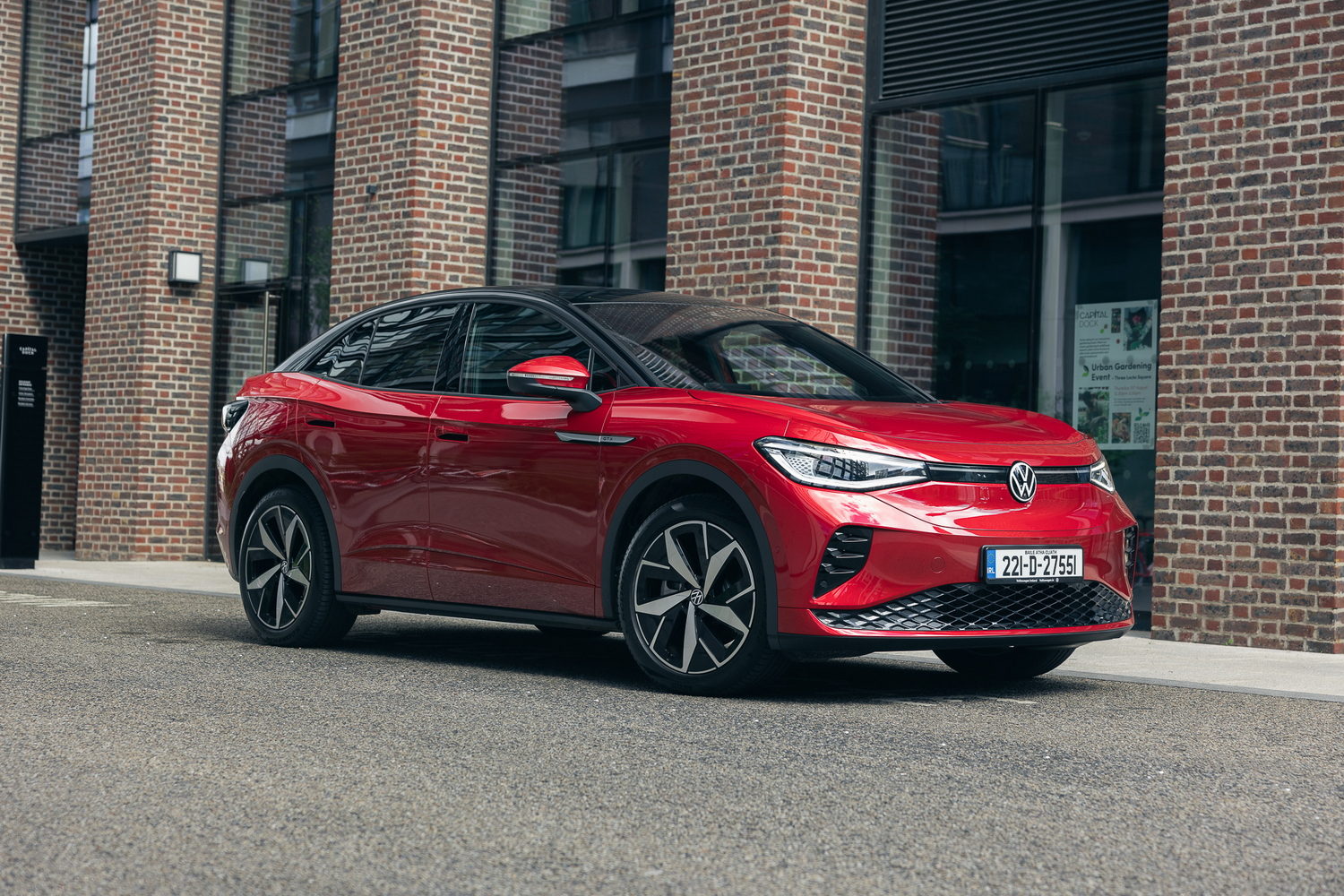The Cupra Tavascan has finally arrived, stepping into a fiercely competitive arena. This electric SUV may play the coupe styling card, but it isn’t lacking in practicality. Although it shares its platform with the Skoda Enyaq Coupe and Volkswagen ID.5, the Tavascan’s bold styling ensures it won’t fade into the crowd. But does the VZ high-performance version truly push the boundaries?
In the metal
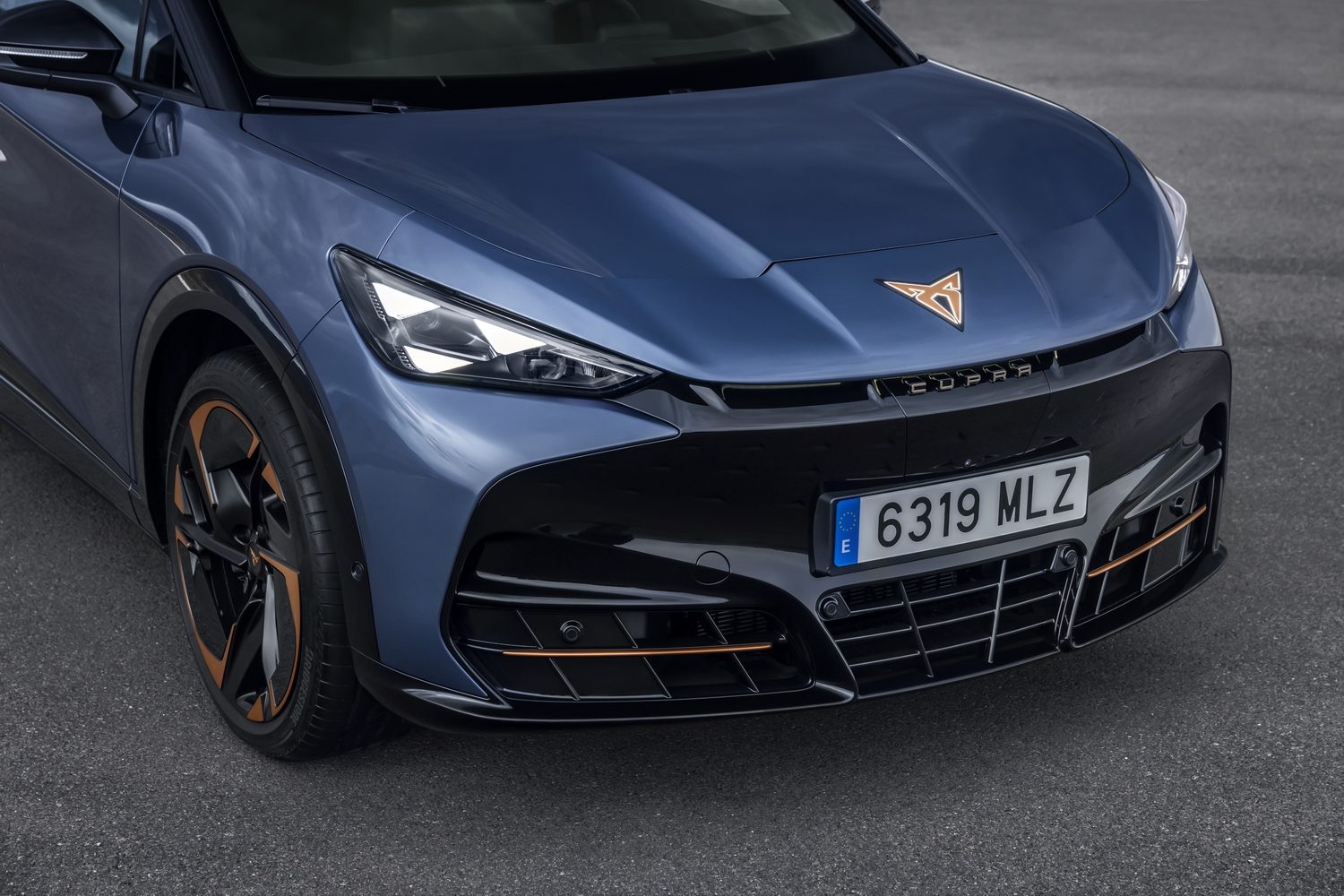
Externally, the Cupra Tavascan has undergone subtle changes in styling and proportions from the initial concept car, yet it retains the essence of the original design. With a dynamic nose-down-rear-up profile, the Tavascan’s gloss-black front bumper - complete with open intakes in the lower sections - and distinctive bonnet vent details enhance its visual impact.
As seen in the recently updated Cupra Formentor and Leon models, the Tavascan has a distinctive triangular layout within its LED headlights. Copper accents - a signature touch of the brand - adorn the wheels and trim, while the bonnet’s leading edge features an illuminated Cupra logo, ingeniously classified by the designers as a ‘positioning light’ under new legislation.
Gloss black surrounds the wheel arches and lower sections of the doors, highlighting the SUV aspirations of the Tavascan. The designers at Cupra have also applied a gloss black finish to the A-pillars and door mirrors. Despite its classification as a coupe-SUV, the roofline doesn’t slope as sharply as on some similar vehicles, maintaining ample headroom for rear passengers before descending towards the rear, giving it a hatchback appearance similar to that of the Polestar 2.
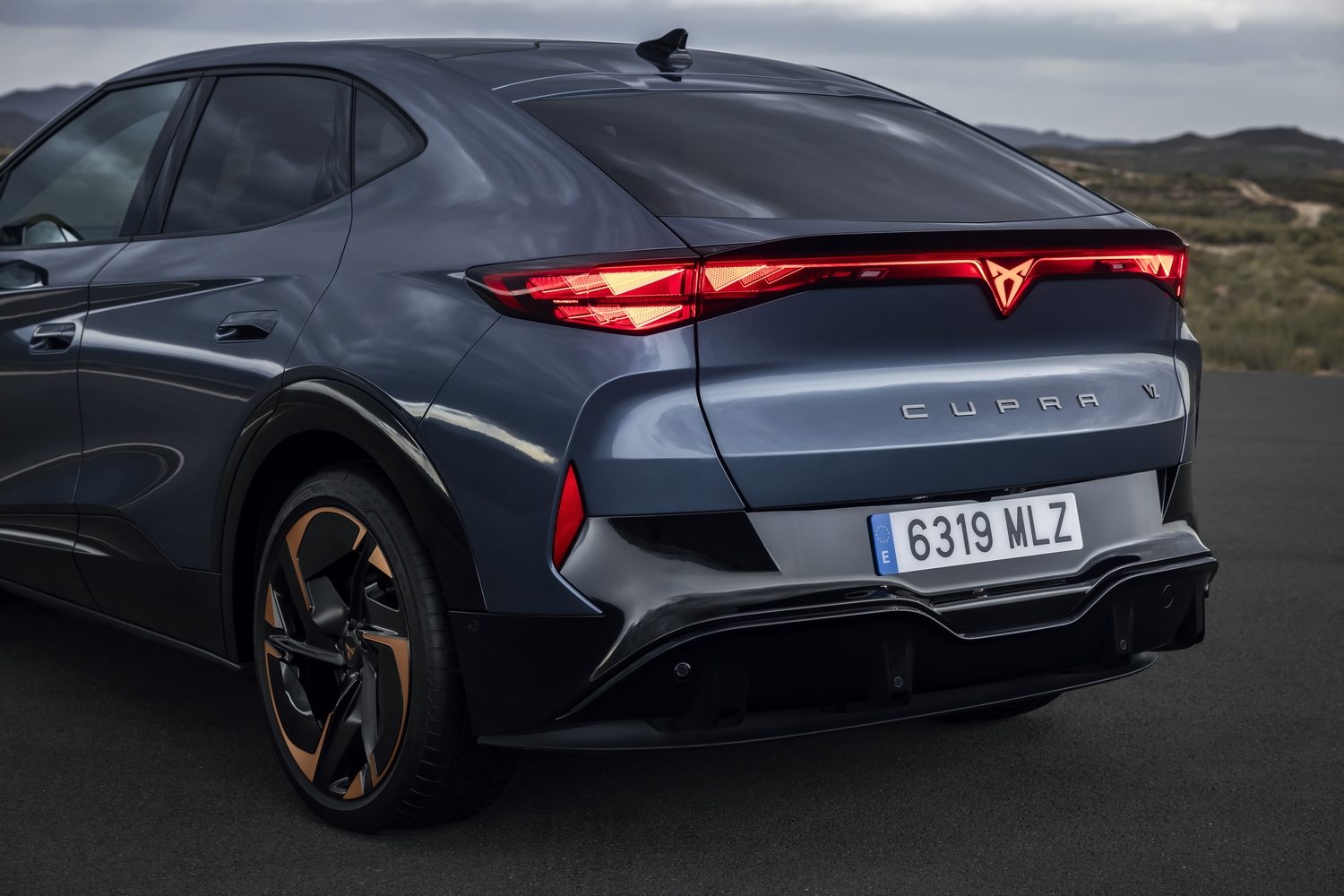
A small lip spoiler graces the rear hatch, though the overall design remains clean and uncluttered. Interestingly, the rear window has no wiper, relying instead on aerodynamic airflow over the roof to whisk away rainwater. The intricate light clusters at the back are accompanied by an illuminated light bar, featuring the Cupra logo. And there, discreet yet significant, is the VZ badge, denoting this as the high-performance variant.
The interior of the vehicle features an interesting dashboard layout, distinguished by a slender central spine that extends into the centre console, culminating in a prominent 15-inch touchscreen. The cabin has a plethora of unique design details, including ultra-thin air vents that traverse the fascia, embellished with copper detailing. Hidden behind the scale-like pattern on the central spine is a modest storage compartment, complete with a wireless charging pad and two USB-C ports. Between the front seats, there’s a pair of cupholders, and a butterfly-hinged compartment lies beneath the centre armrest for additional storage.
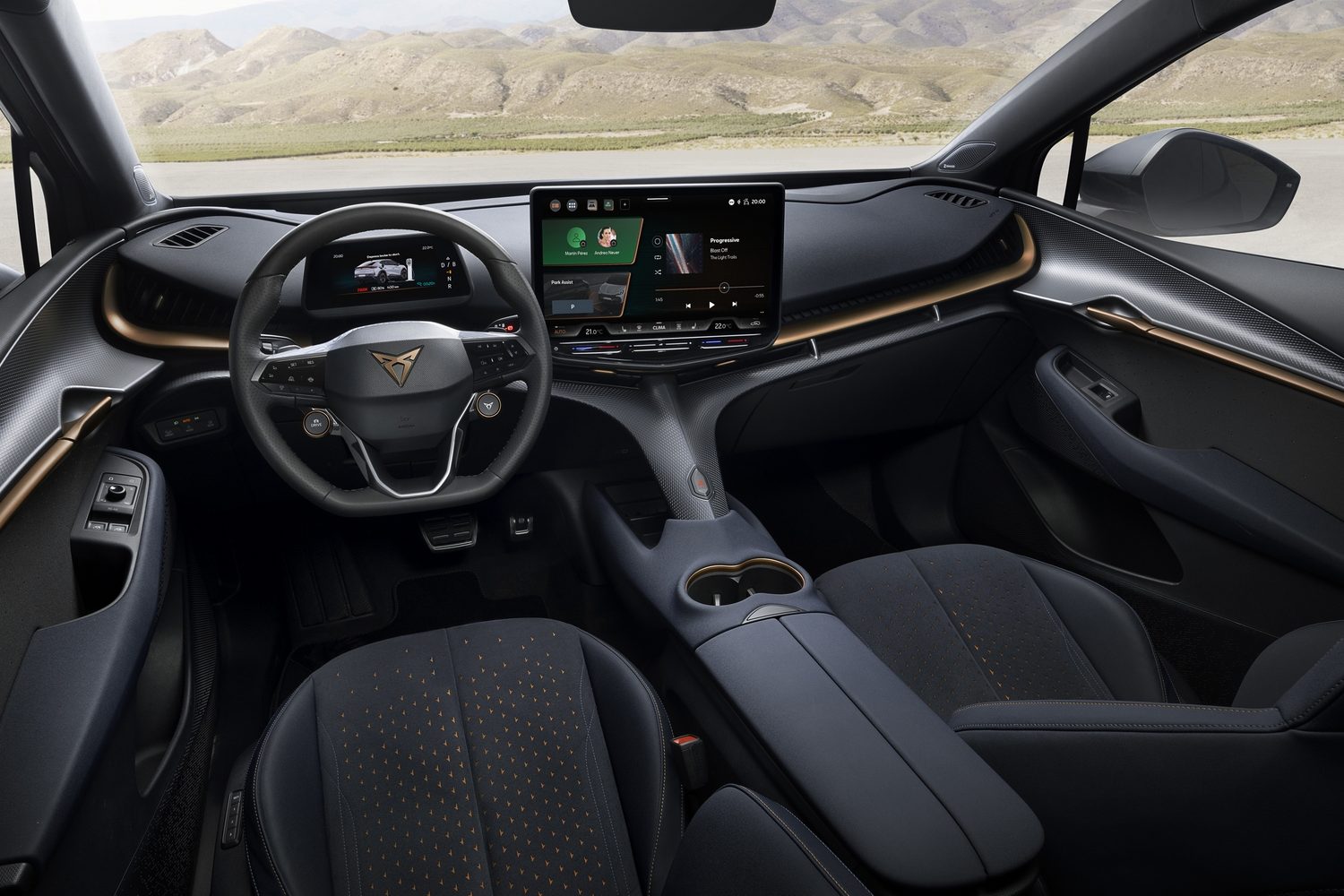
Rear passengers are well-accommodated in terms of space, and even with a built-in roller blind for the sunroof, headroom is not compromised. The centre rear seat may not be as spacious, particularly in terms of legroom, due to the design of the centre console; however, this is unlikely to be problematic for children and teenagers. The boot offers a generous capacity of 540 litres with all seats in use, which is a mere 9 litres shy of the space provided by the ID.5 GTX.
Driving it
The Tavascan will be available in two variants: Endurance and VZ. The VZ, which we are testing here, is the more potent of the pair, albeit the difference in power is not as substantial as you might anticipate. The Endurance model uses the same 77kWh battery as the VZ but employs a single-motor configuration on the rear axle, delivering peak outputs of 285hp and 545Nm of torque. In contrast, the VZ features a dual-motor system that can generate up to 340hp, while maintaining the same peak torque of 545Nm. Additionally, the VZ’s front motor can contribute up to 134Nm to enhance traction when necessary.
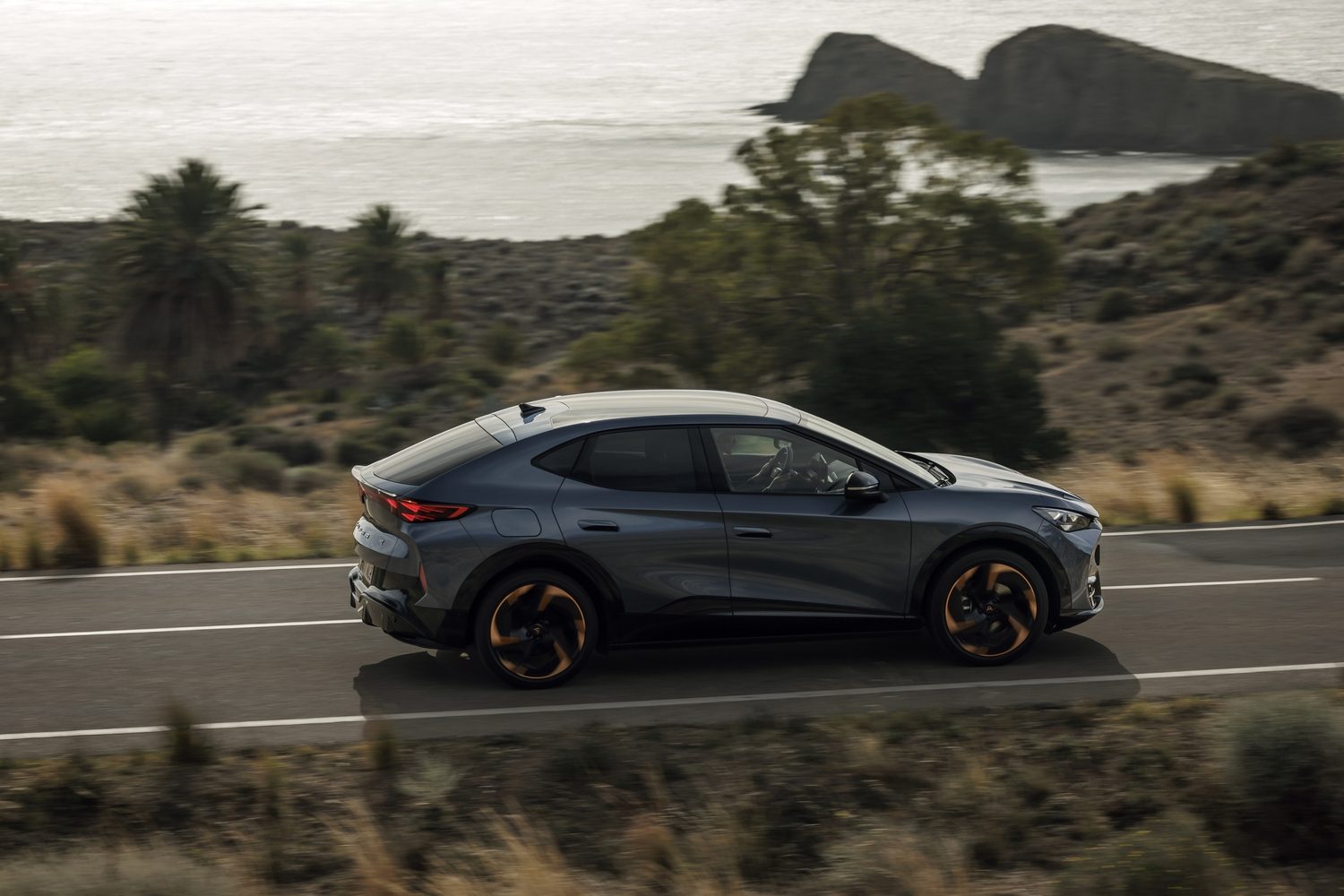
In the Tavascan, drivers have the option to select from a variety of driving modes, each significantly impacting the vehicle’s performance. Comfort mode strikes the best balance between everyday usability and efficiency, with more travel of the accelerator pedal needed to extract maximum performance. The electric power steering feels light in this setting, but there is a reasonable level of feedback to telegraph what the front wheels are doing.
The Cupra’s agility belies its dimensions, making urban driving a breeze. A suite of driver assistance features makes life easy in such confines, yet it’s beyond the city limits where one aid proves most effective. Enhanced by the Connected Travel Assist, the adaptive cruise control maintains the Cupra’s lane position and smooth progress in the stop-and-go conditions often met on busy motorways.
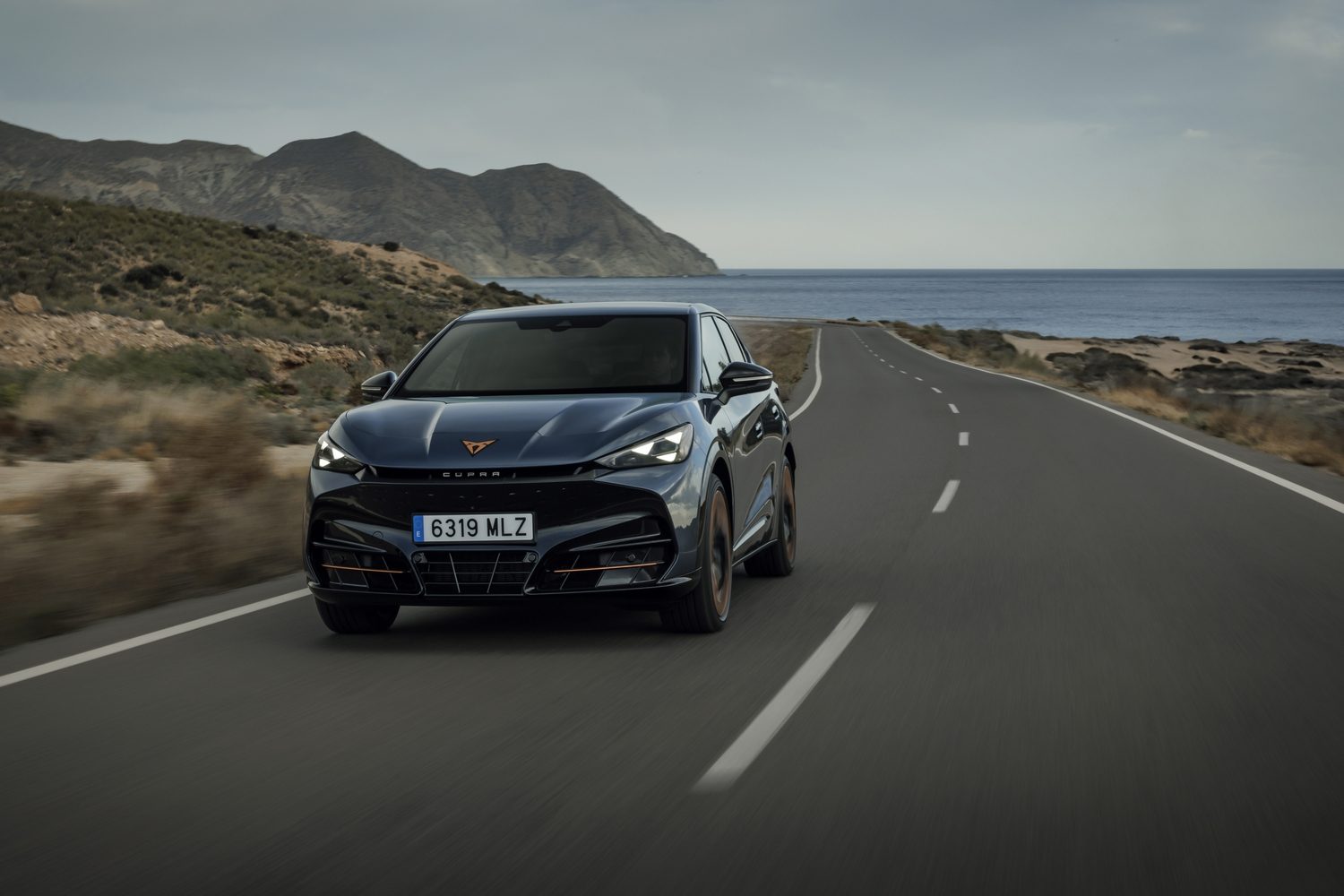
Meanwhile, the Cupra mode is activated by one of the satellite buttons on the steering wheel and is the sportiest of the drive modes. Sharpened accelerator response means the car feels more powerful, though surprisingly there isn’t any synthesised engine sound pumped into the cabin as is often the case with such high-performance electric vehicles. See our review of the Hyundai Ioniq 5 N for more on that. The Tavascan is undoubtedly quick, and its handling is helped by a low centre of gravity. Compared to the Volkswagen ID.5 GTX and Skoda Enyaq Coupe RS, the Tavascan VZ sits 15mm lower on the front axle and 10mm lower on the rear, while adaptive dampers are standard fit.
Give the Cupra a squirt of the accelerator pedal and it zips away from rest and there’s a healthy dollop of performance available for quick overtakes, but it’s no hot hatch in the corners, where it’s competent but not engaging.
What you get for your money
Local pricing for the Cupra Tavascan in Ireland has yet to be announced, so once it is, this section of the review will be updated. We know that both versions of the Tavascan will be available to Irish buyers. The Tavascan Endurance is likely to be the more affordable and popular option, with the Tavascan VZ becoming the halo model in the range. Cupra is expected to offer both versions with several option packages that will group together desirable extras.
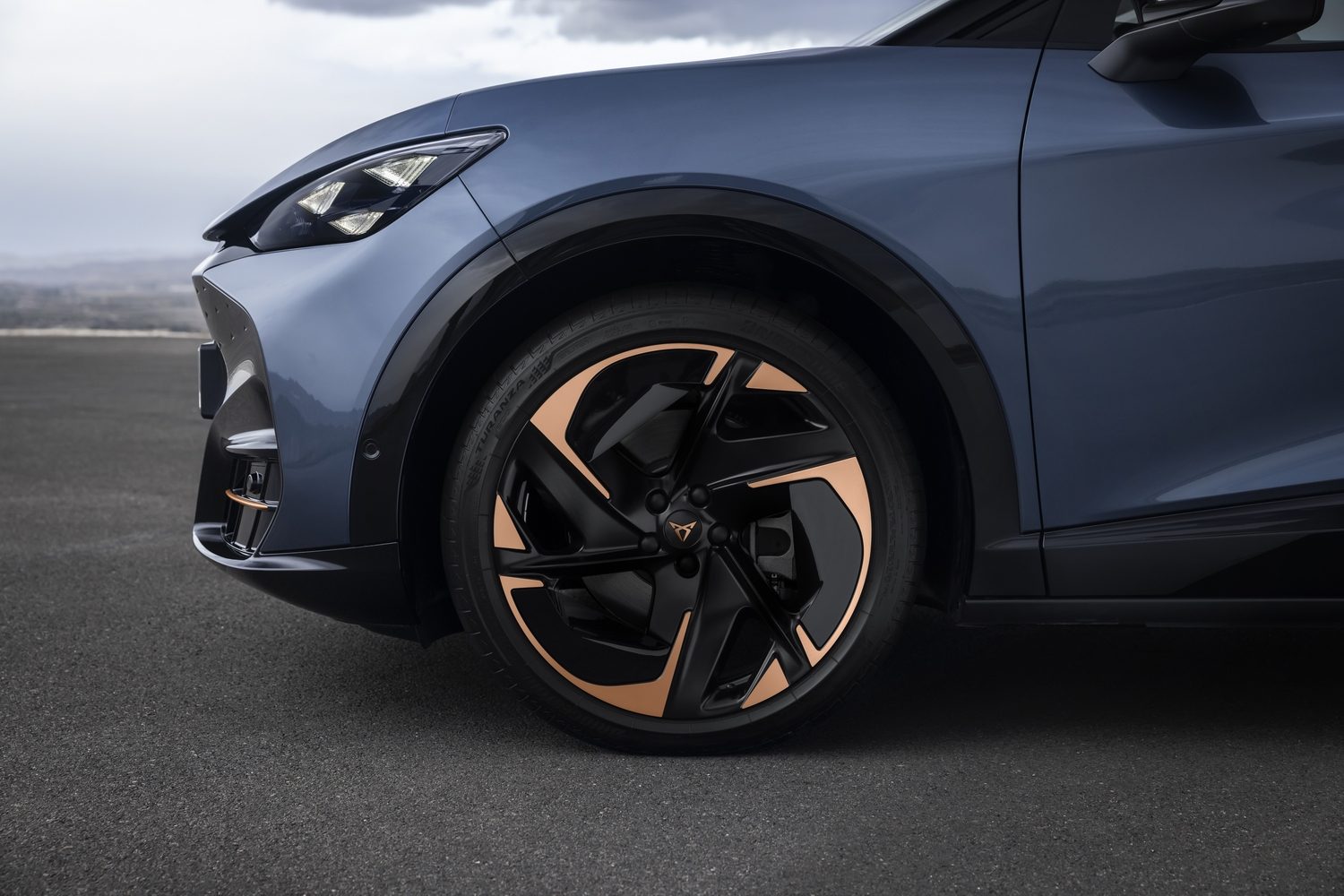
Summary
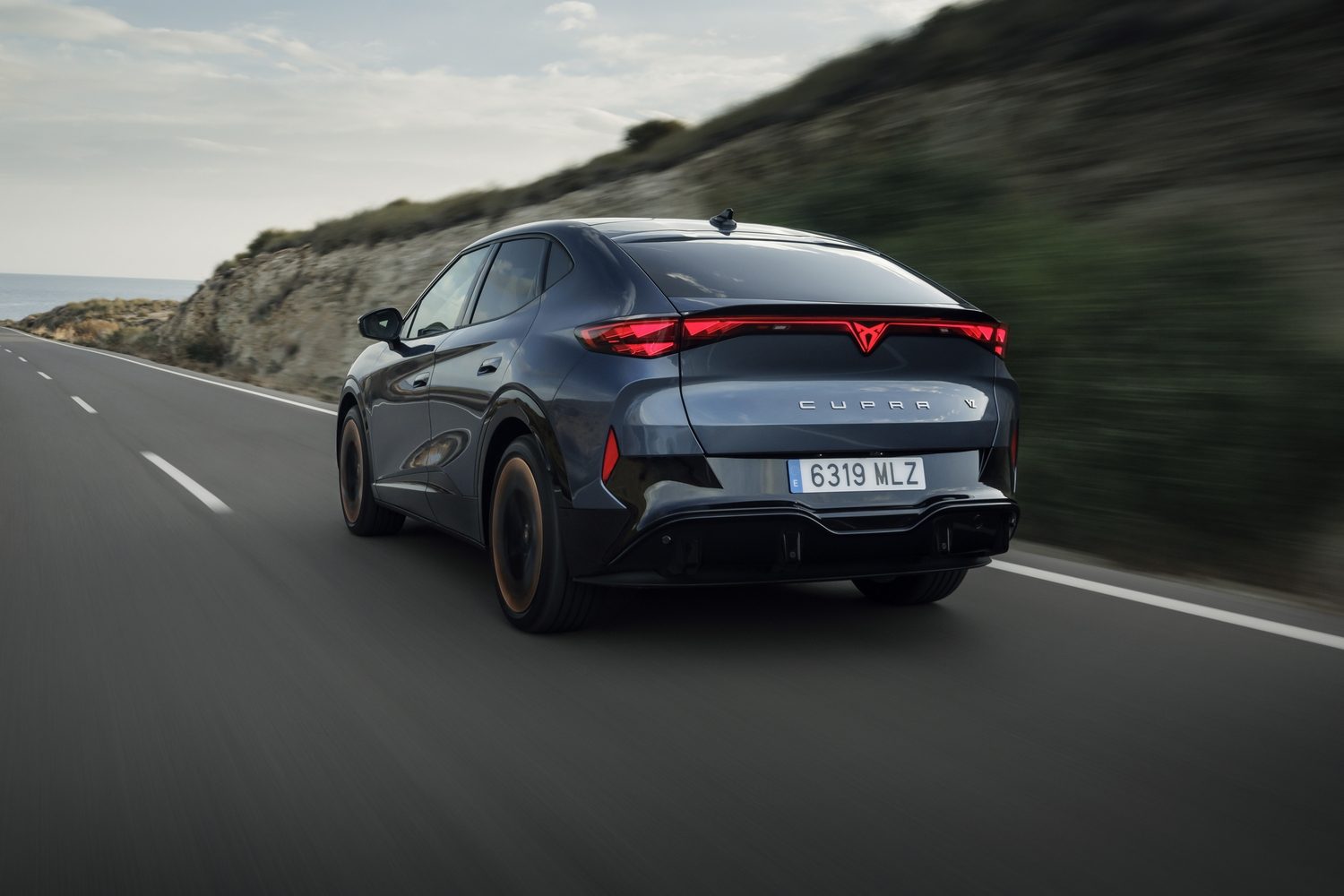
In terms of style, the Cupra Tavascan VZ arguably outshines its closest. It has more than enough performance for a family SUV, but it lacks any real sense of excitement from a driver’s perspective and hence may be better without the promise of the VZ badge. Nonetheless, Cupra has differentiated itself with edgy design, and that will matter to more buyers than the involvement of the driving experience.

